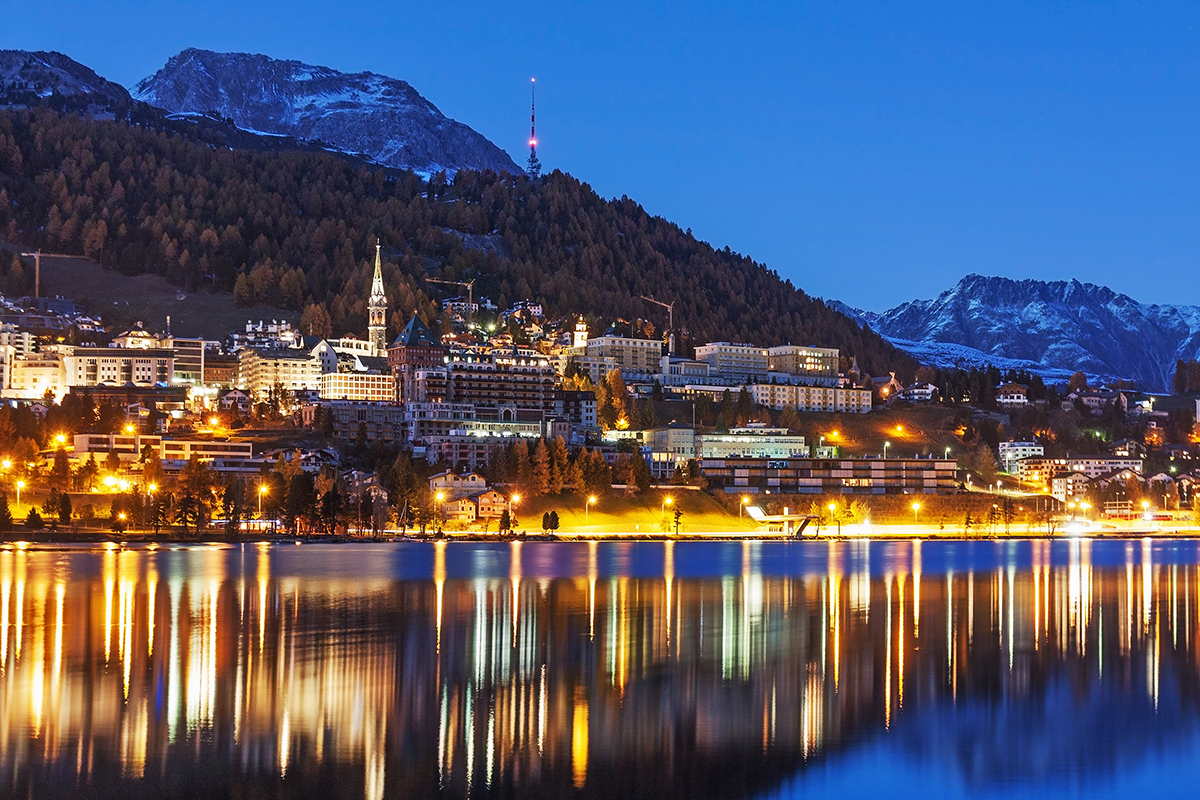
St Moritz at night
St Moritz, in Switzerland’s Engadin, is an Alpine paradise in winter, with some of Europe’s best hotels for your skiing vacation. But it could be yours all year round with exclusive chalets for sale. Emma Love reports on the latest Savills offerings and the virtues of Alpine living
It’s hard to imagine that the celebrated ski resort St Moritz was once better known as a summer destination. That was until Johannes Badrutt, the founder of the legendary Kulm hotel, won a bet. The story goes that in the autumn of 1864, he was enthusing about St Moritz as a winter destination to four sceptical English holiday guests. Badrutt suggested that they return in December and if they didn’t enjoy their stay, he would not charge them. The four ended up staying until Easter, marking the beginning of winter tourism in the Engadin valley.
Follow LUX on Instagram: the.official.lux.magazine
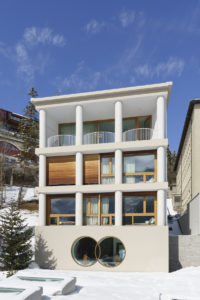
Luxury chalet Chesa Lumpaz
Of course, these days St Moritz is globally renowned as the glamorous go-to, year-round Alpine resort where everyone from Claudia Schiffer and Robert de Niro to the Swedish royal family has been spotted. It has hosted the Winter Olympics twice, popularised sports such as ice cricket and snow polo and is home to the Cresta Run, a world-championship bobsled run made of natural ice – not to mention it being home to Michelin-star restaurants, Bond Street-style designer fashion boutiques, and  glitzy bars, clubs and hotels. “Historically and geographically, St Moritz has long attracted a crowd with a heavy Italian influence, but in the past couple of decades there has been a steady flow of international billionaires buying chalets here. They are attracted to the sophistication of the resort,” says Jeremy Rollason, head of Savills Ski, who specialises in the sale of chalets and developments in super-prime Alpine locations.
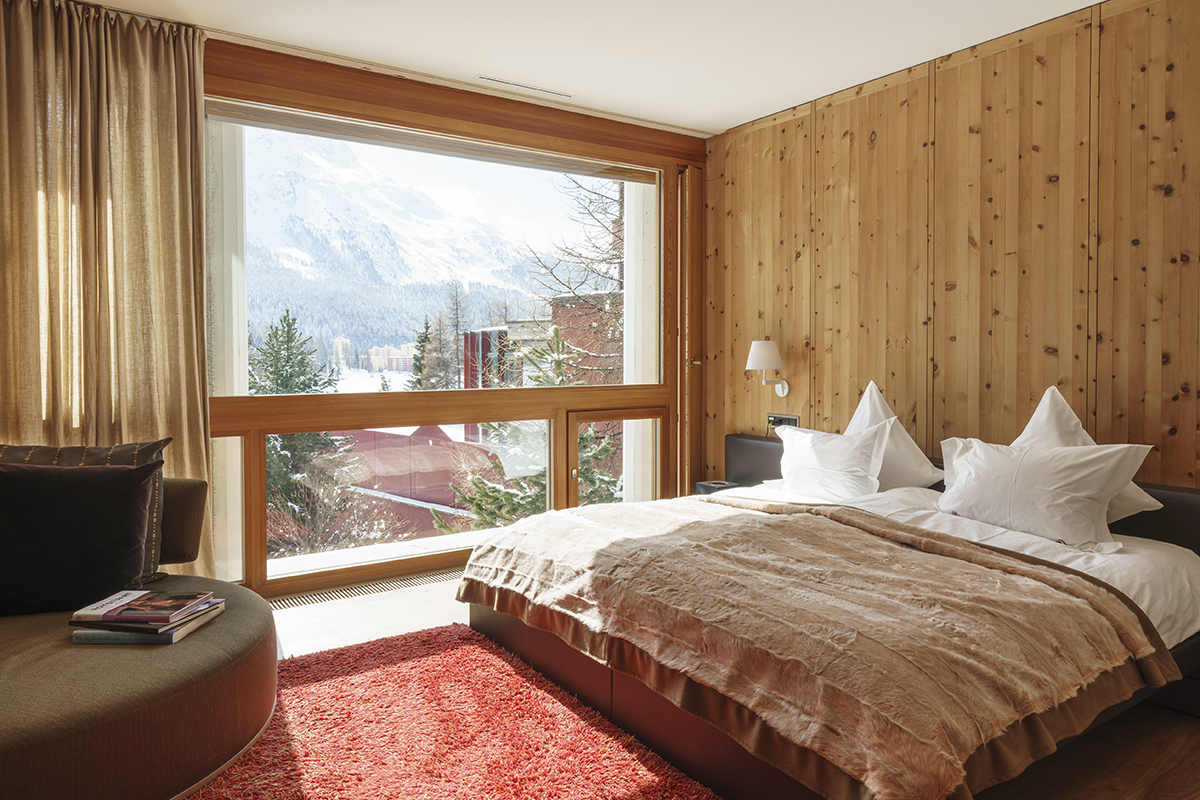
One of the four master bedrooms, all fitted out in contemporary style but with traditional materials
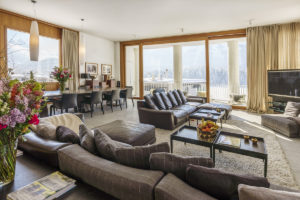 While many of the top one per cent choose to base themselves in traditional ski-in, ski-out Suvretta (where a car is needed to get into town), the latest Savills property on the market offers something rather different – the rare chance to own (and rent) a seven-bedroom lakeside house right in the heart of St Moritz, next door to the Badrutt’s Palace hotel and just ten minutes’ drive from Samedan, the private-jet airport. “Chalet Chesa Lumpaz is one of those rare propositions; it’s contemporary rather than futuristic, quiet yet close to the main shopping precinct and has extraordinary views,” Rollason says of the property, which is for sale POA. “The designer Nico Rensch has expertly combined modern design with St Moritz flair.”
While many of the top one per cent choose to base themselves in traditional ski-in, ski-out Suvretta (where a car is needed to get into town), the latest Savills property on the market offers something rather different – the rare chance to own (and rent) a seven-bedroom lakeside house right in the heart of St Moritz, next door to the Badrutt’s Palace hotel and just ten minutes’ drive from Samedan, the private-jet airport. “Chalet Chesa Lumpaz is one of those rare propositions; it’s contemporary rather than futuristic, quiet yet close to the main shopping precinct and has extraordinary views,” Rollason says of the property, which is for sale POA. “The designer Nico Rensch has expertly combined modern design with St Moritz flair.”
Read more: Why Blue Palace in Crete is a springtime paradise
Spread over five floors, the 890m2 house has a private wellness area (which includes a gym, hot tub, steam room, sauna and massage room), a ski room (with boot, helmet and clothes heaters) and an open-plan living area designed for socialising. “The house was built to entertain, with the living room at the top because you want to have the view when you’re awake not when you’re asleep,” explains Oli Stastny, whose company PPM Exclusive Services manages fully serviced private villas in St Moritz. “The aim with the design was to fuse local materials such as stone and wood in a modern way while keeping a cosy, Alpine feel. For instance, the bedrooms have wood-clad walls.”
There is not one master bedroom but four, all at the front to take advantage of the views of the lake. They are fitted with sliding walls so the configuration can change depending on the guests staying. Yet Stastny echoes Rollason in stating that it is the uniqueness of the property and its location that makes it truly special. “This is one of the only single standing houses in the centre of town, the rest are apartments. It’s also connected by an escalator that goes down to the lake and up to the shops and Badrutt’s Palace.”
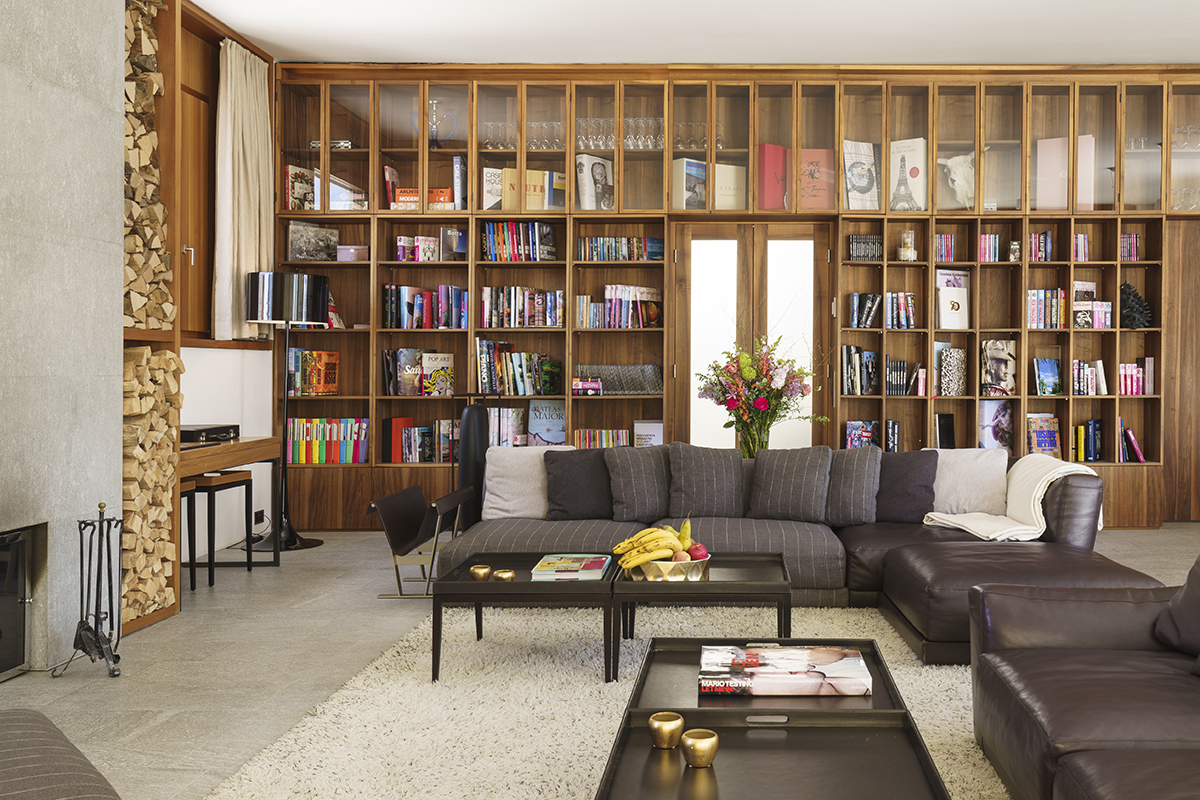

The living room (above) and view from the living room on the top floor of the Chesa Lumpaz chalet
This feature could be especially handy for anyone attending the annual New Year’s Eve dinner at the hotel, which is one of the hottest events of the winter social calendar. Other unmissable dates for the diary include the long- established St Moritz Gourmet Festival every January, which is known for attracting star chefs from around the world (this year the line- up included Guillaume Galliot from Caprice at the Four Seasons Hong Kong and Nicolai Nørregaard from Kadeau in Copenhagen). And, in the summer, a jazz festival held in the Dracula Club (Norah Jones, Nigel Kennedy and Curtis Stigers were highlights in 2018); the annual gathering of vintage cars, the British Classic Car Meet; the Engadin Festival featuring ten high-calibre classical concerts and the Tavolata weekend, a celebration of food and music.
All of which proves that while winter sports might be one of the biggest draws to St Moritz – the resort is at 1,850 metres which means an excellent snow record and world-class skiing – there is plenty to entertain visitors in the summer months too. “These summer festivals are a great way of getting property owners back into the resorts as an alternative to the French Riviera which, especially last year, was extremely hot,” says Rollason. “In the summer you can windsurf on the lake and cycle the mountain trails. St Moritz is a genuine dual- season resort.” Exactly as Johannes Badrutt suggested all those years ago.
Find out more: chesalumpaz.com and savills.com/countries/savills-ski
This article was originally published in the Summer 19 Issue



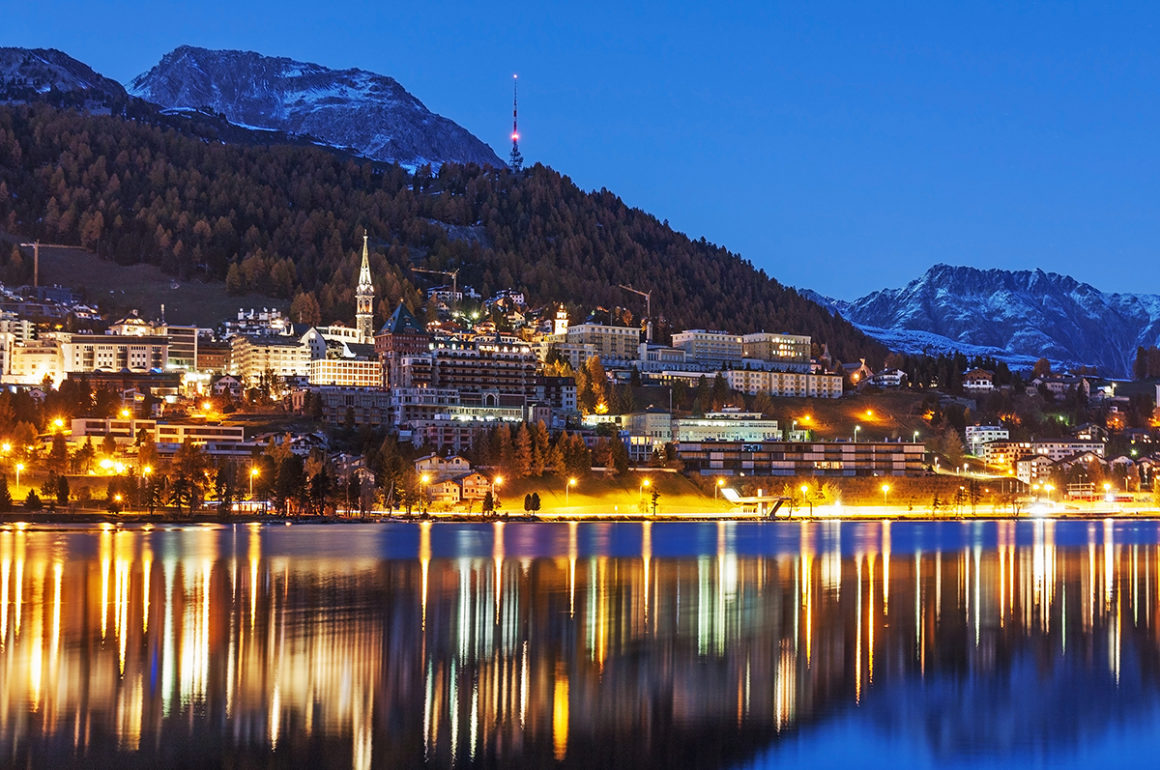

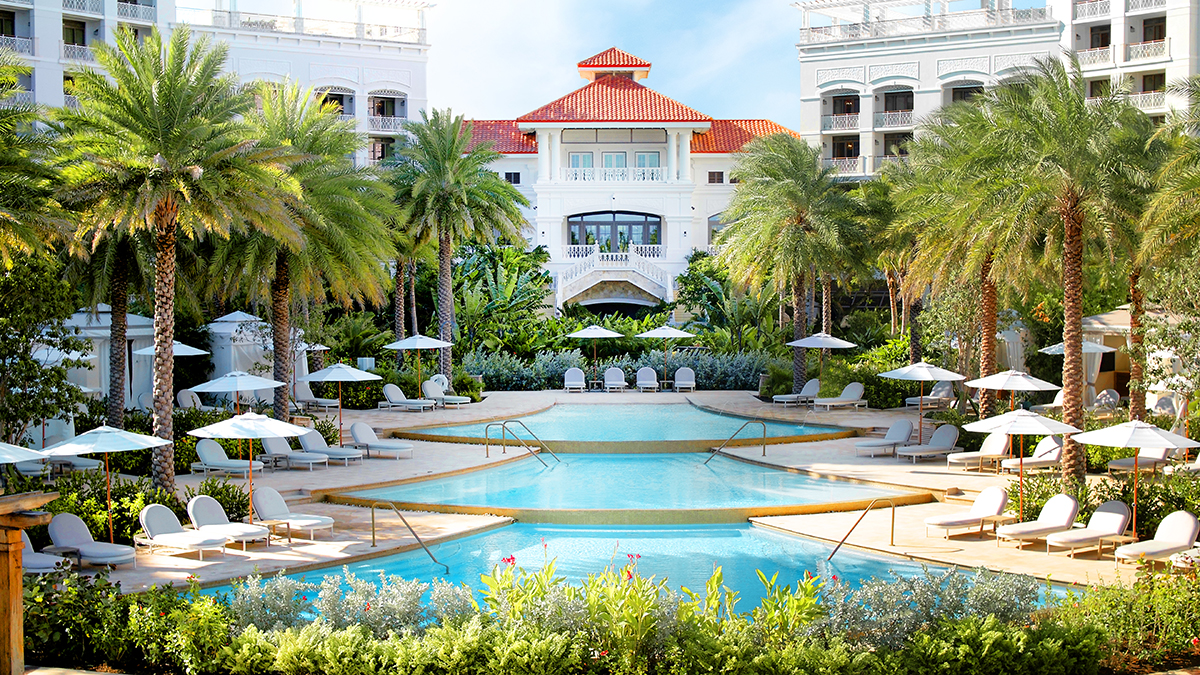
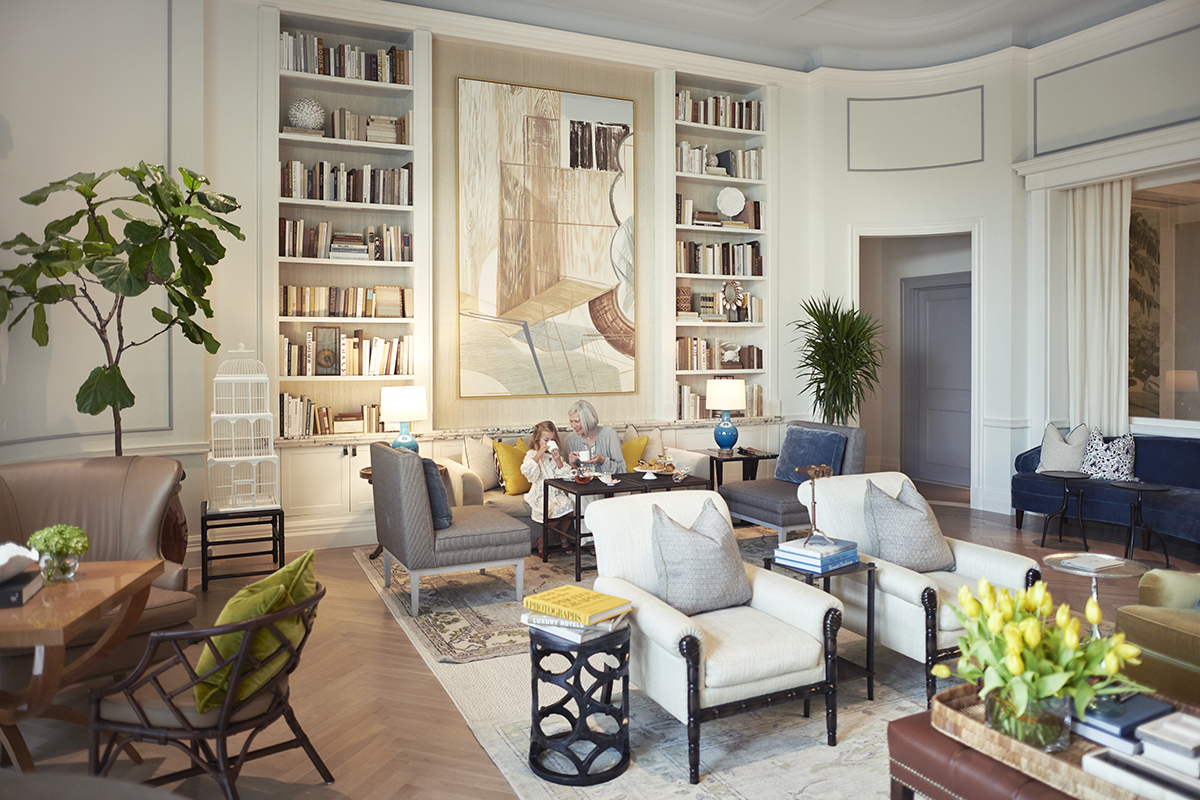

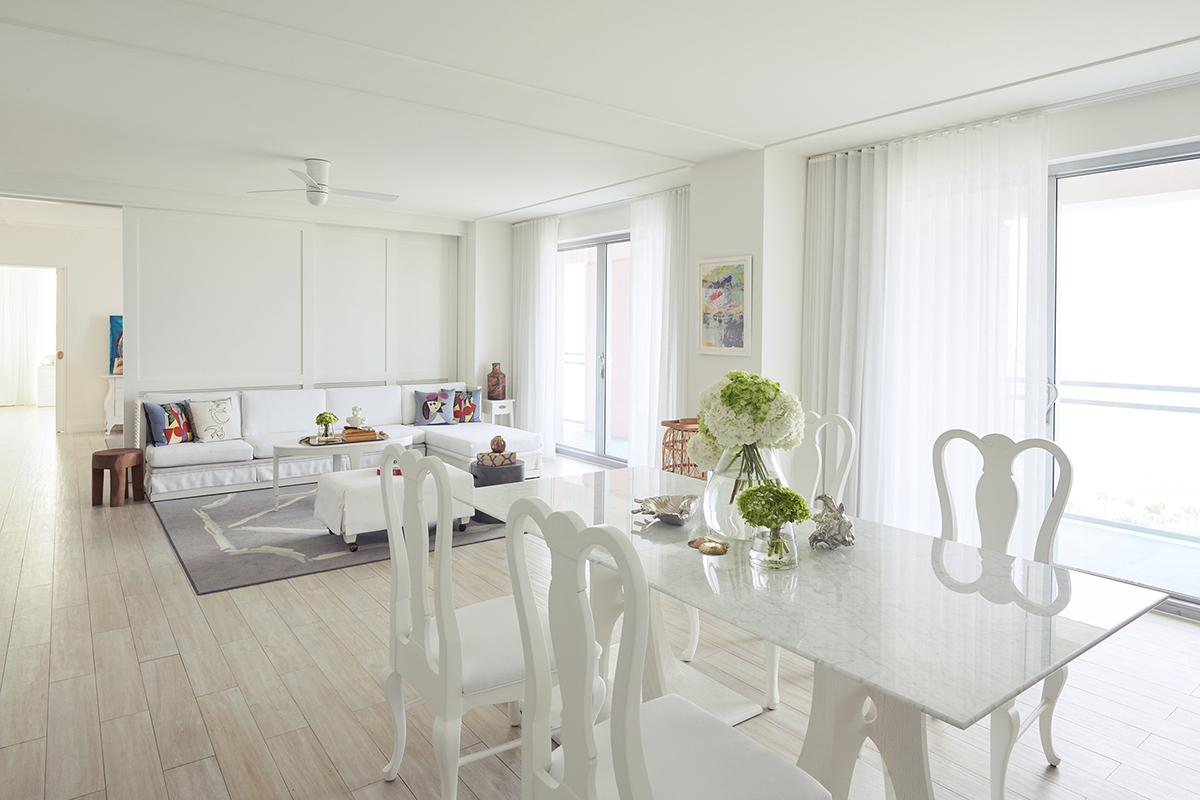
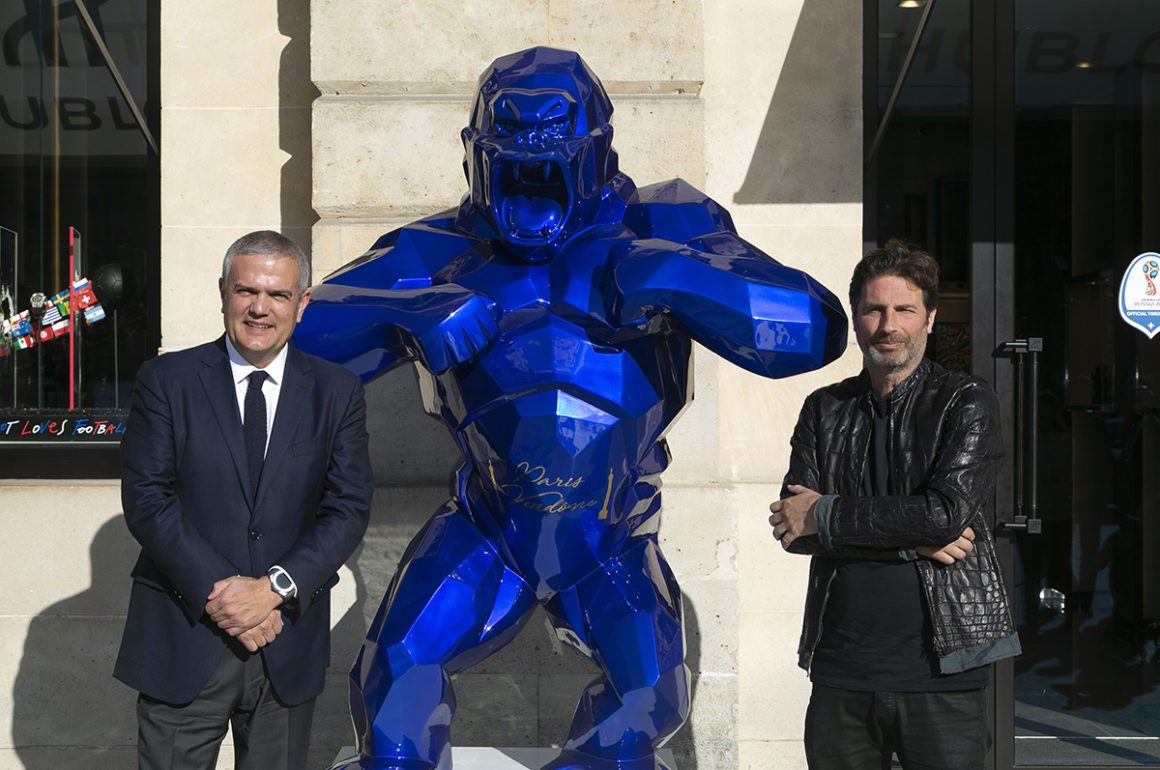
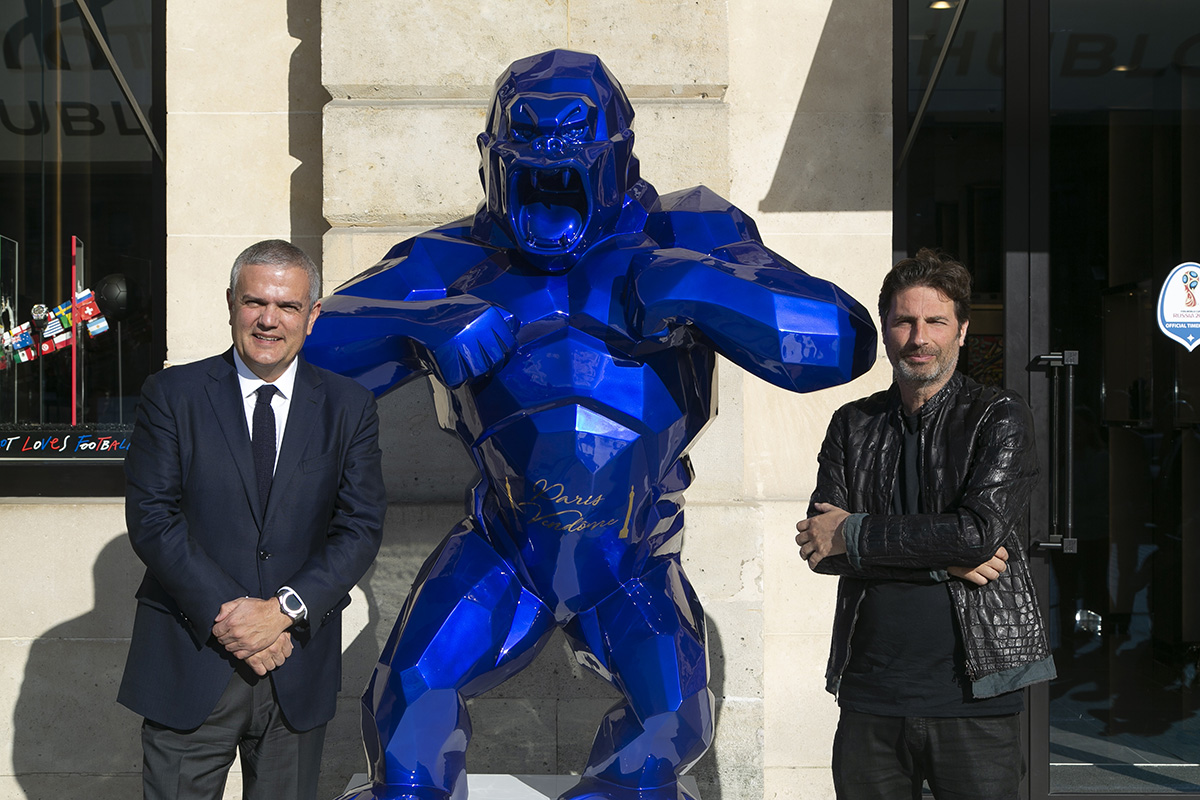

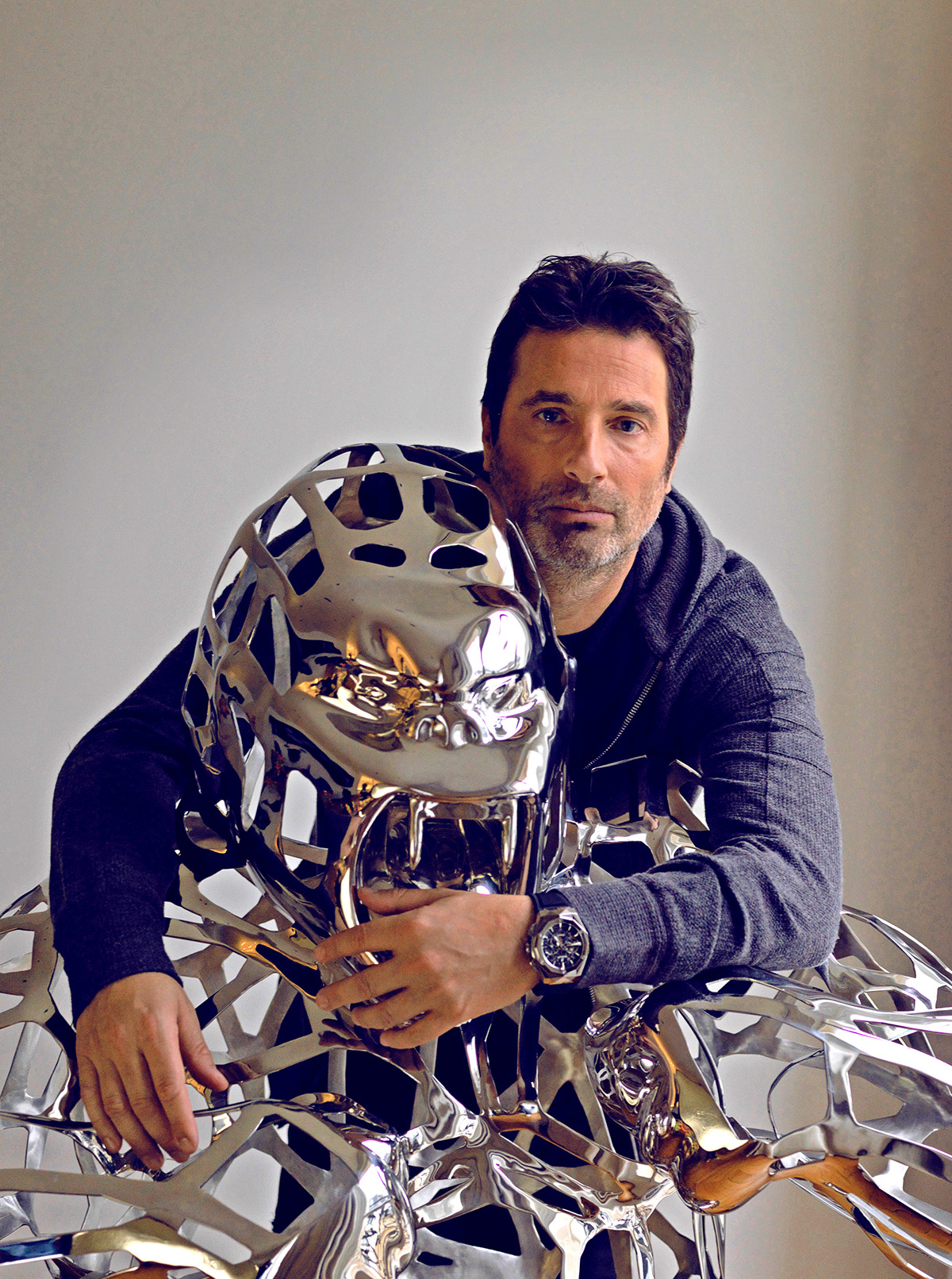


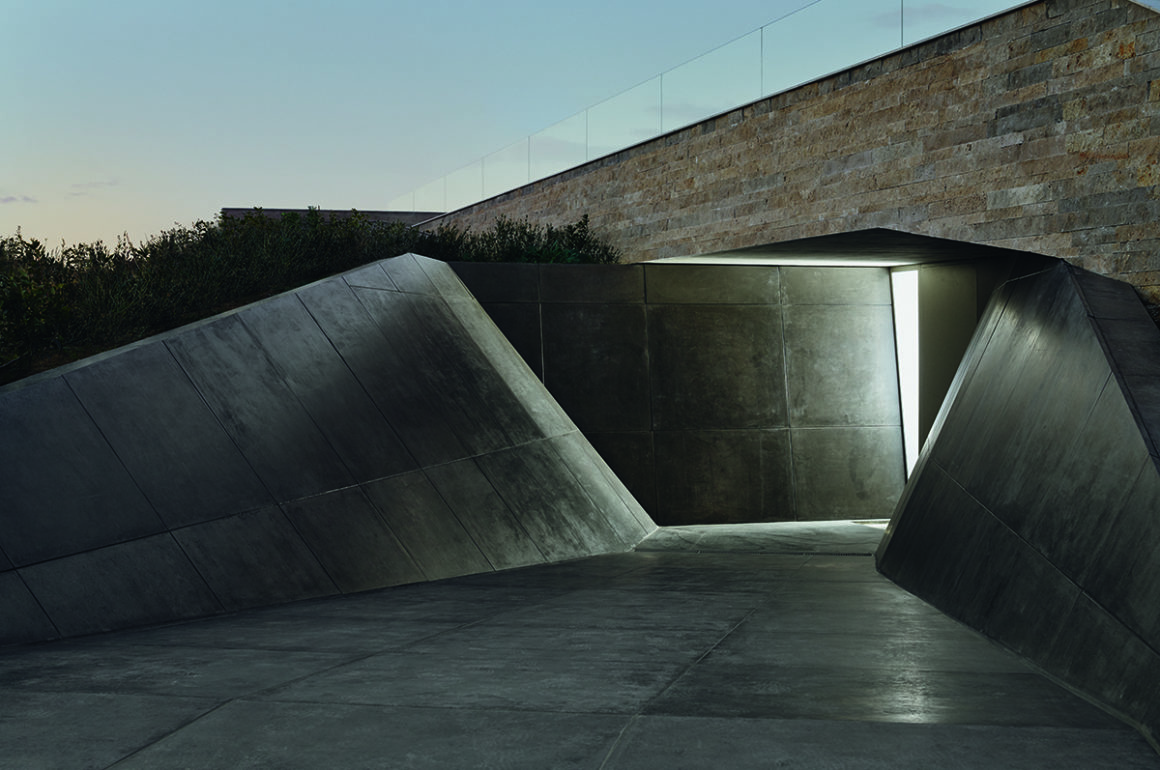
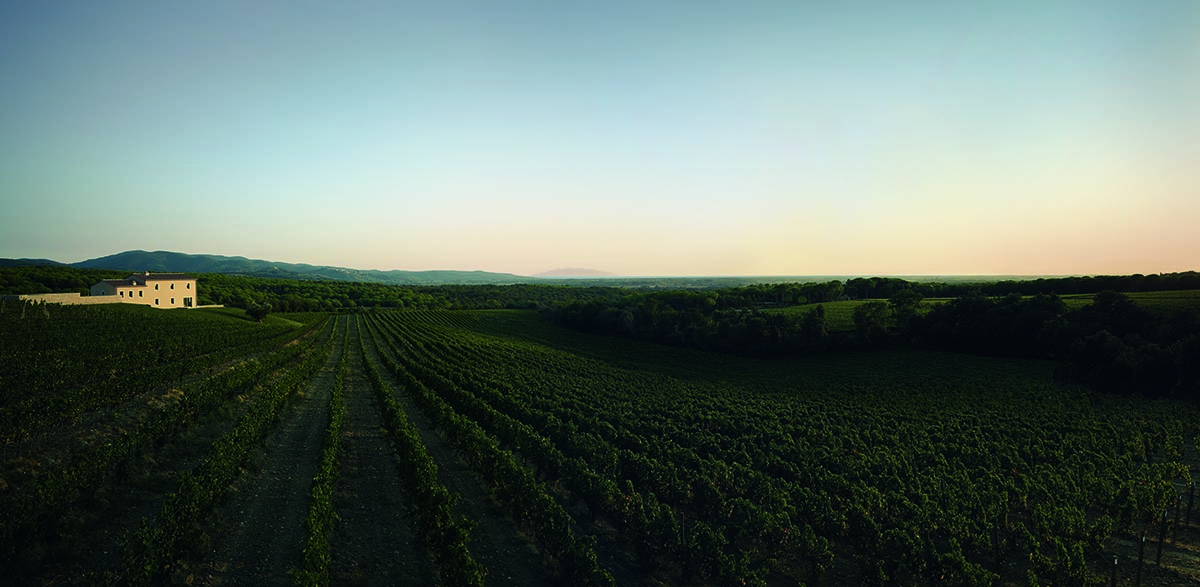
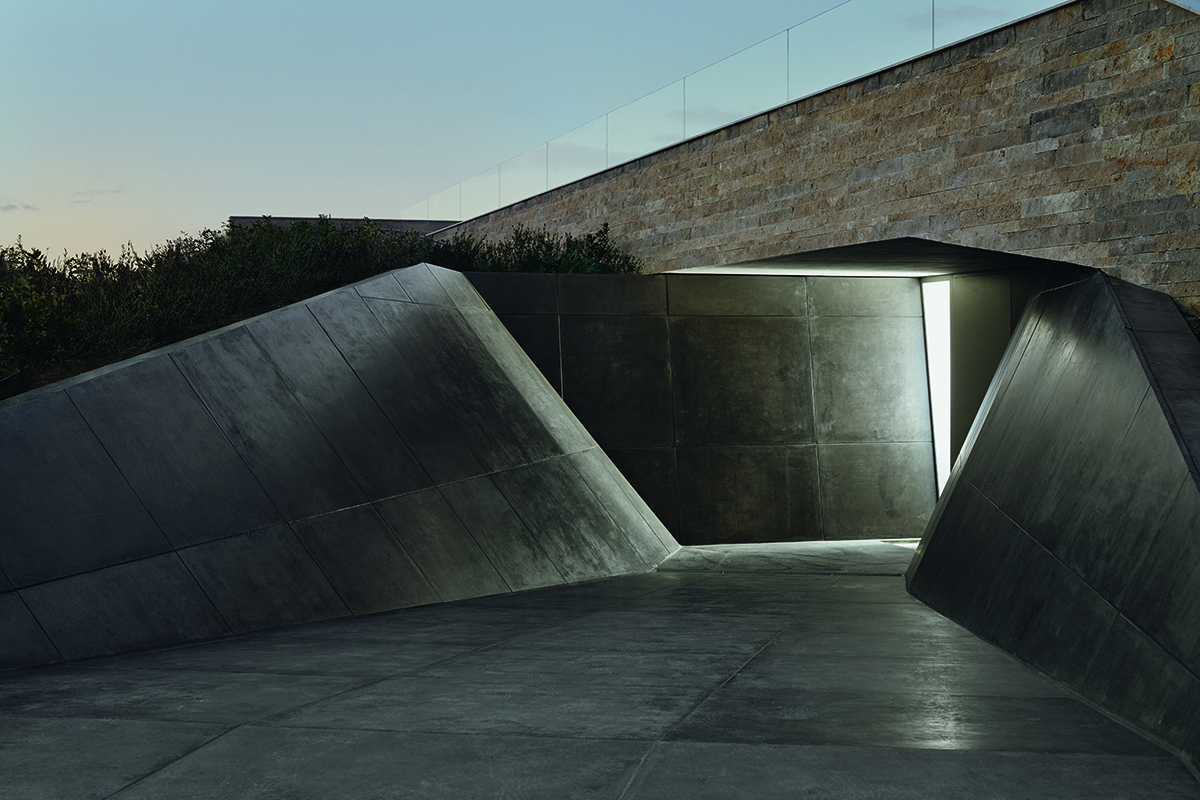
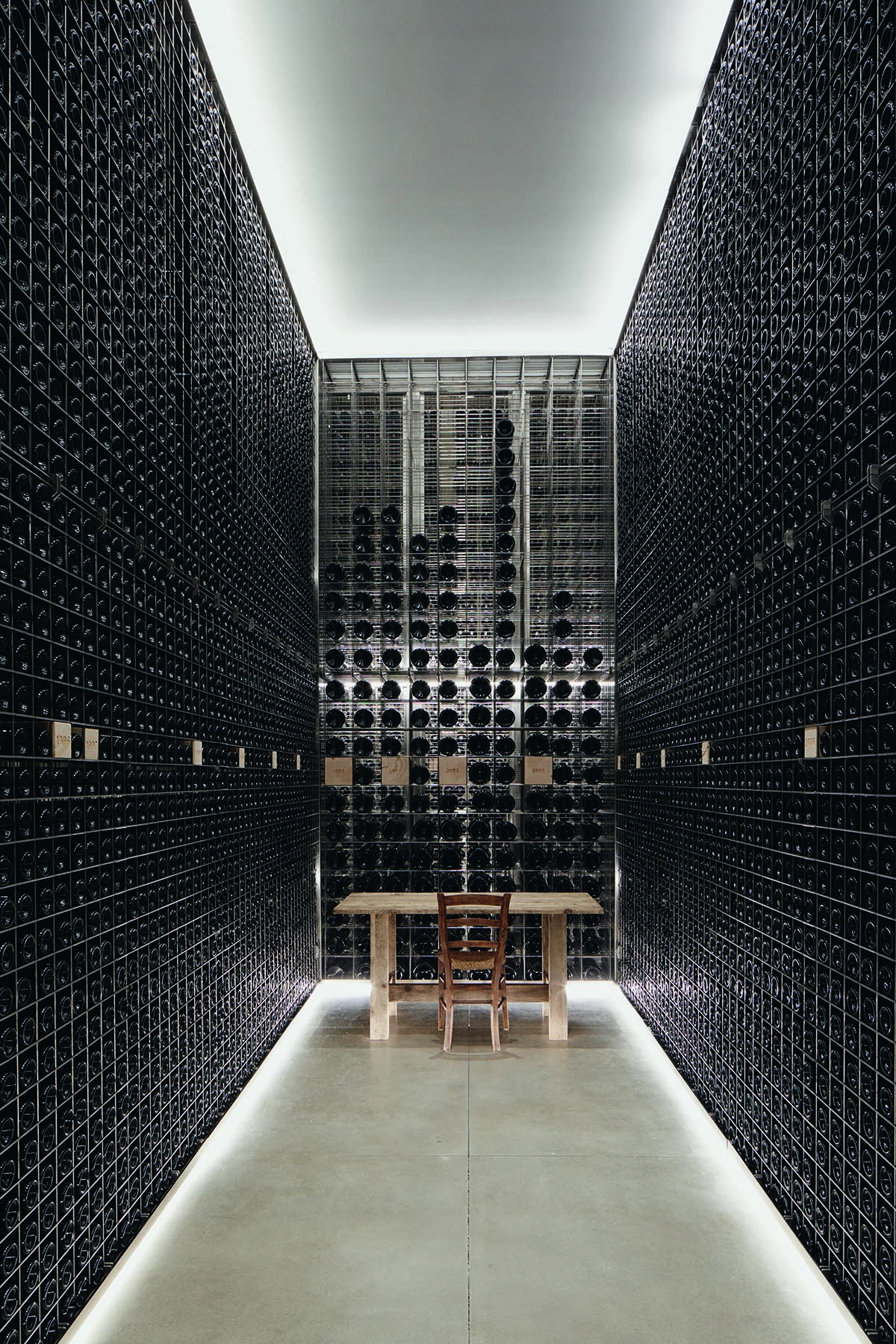
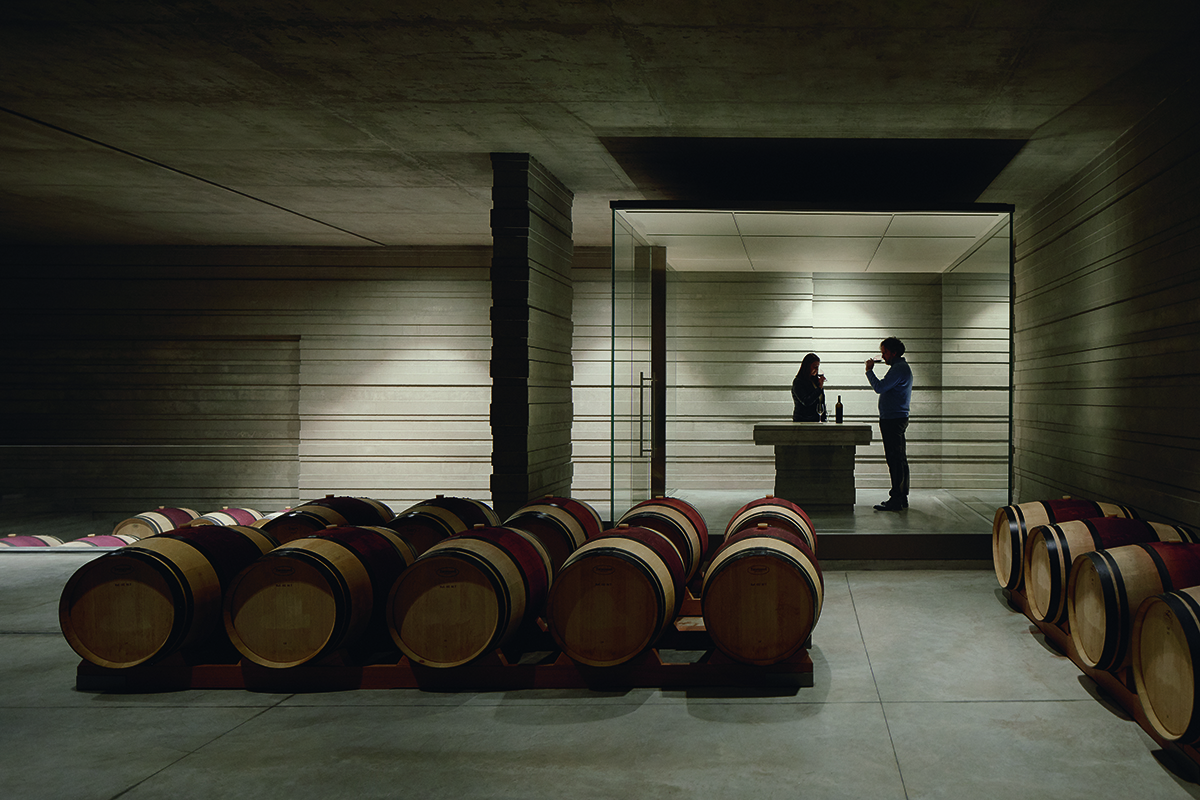

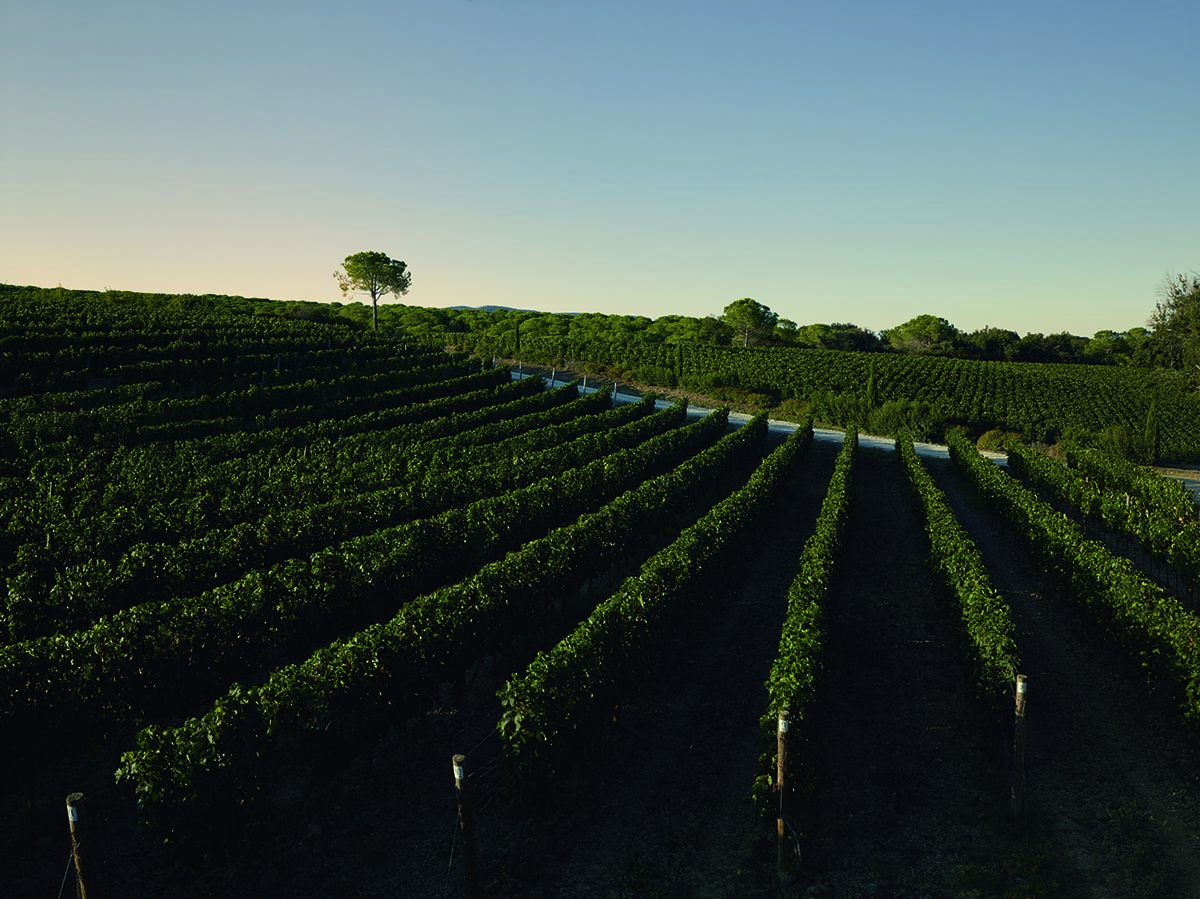
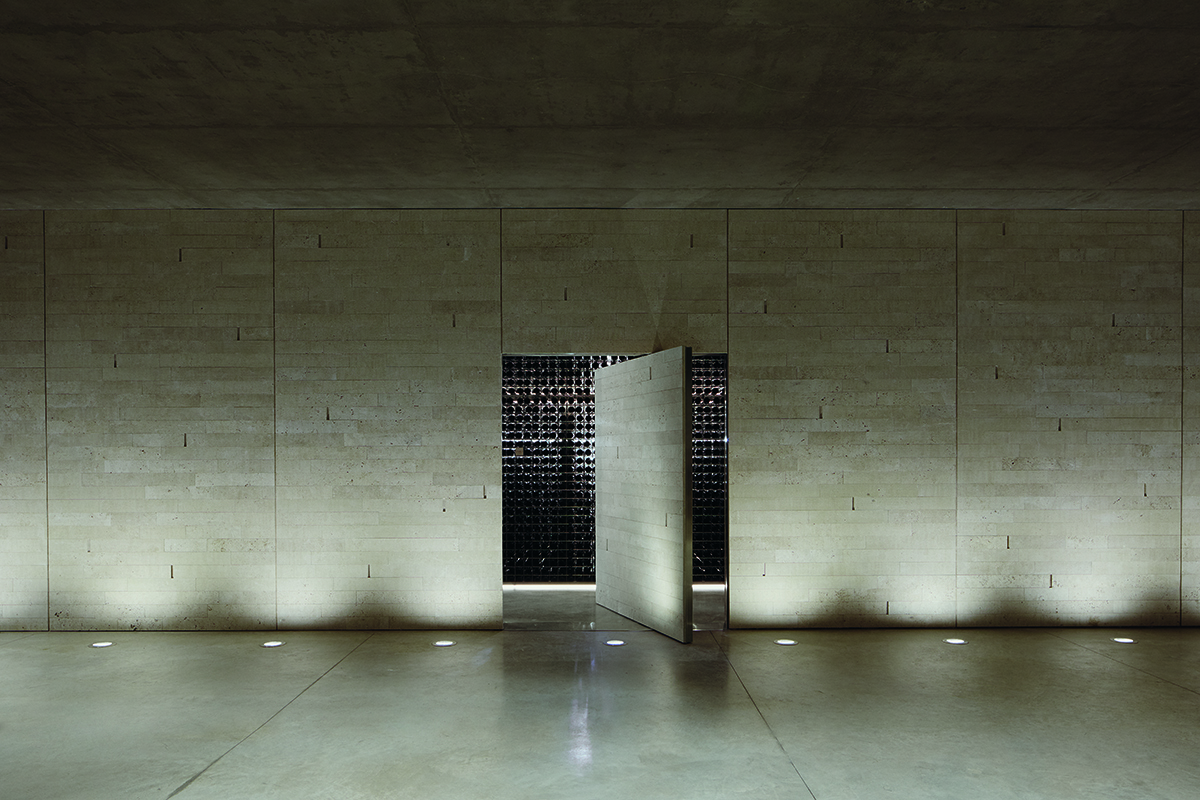



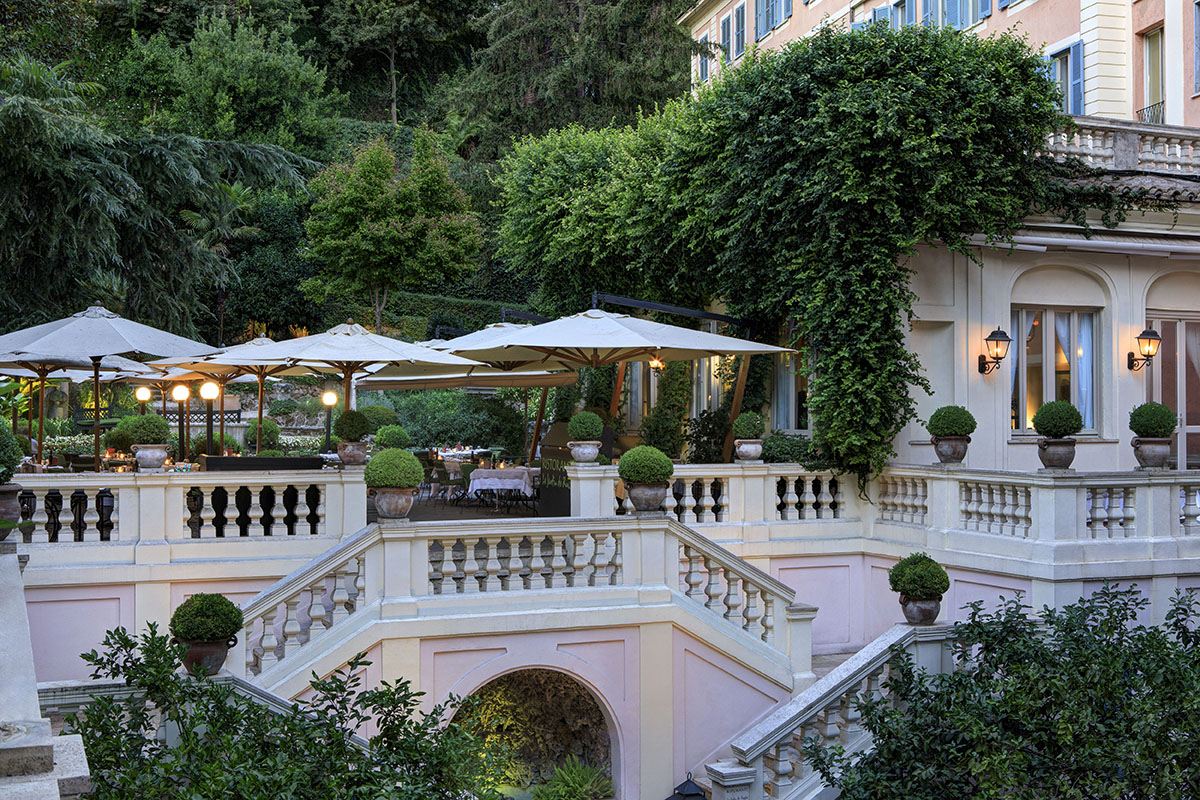

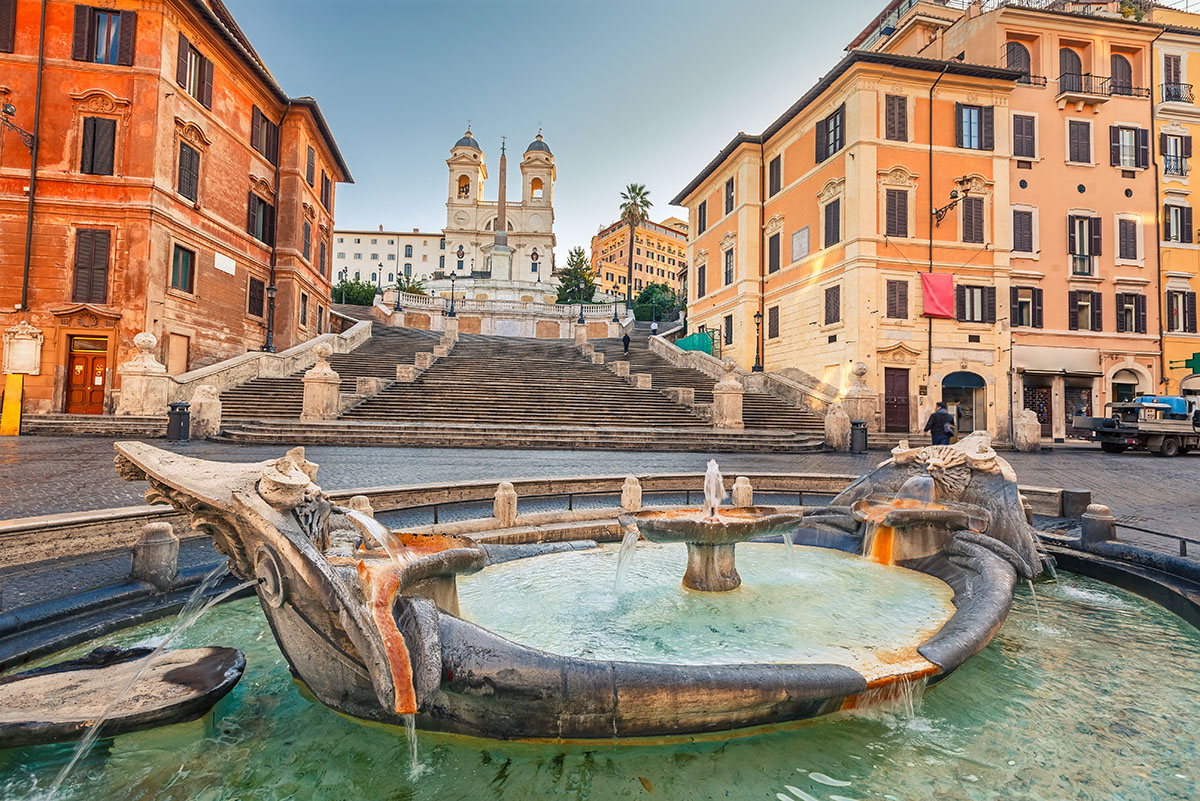
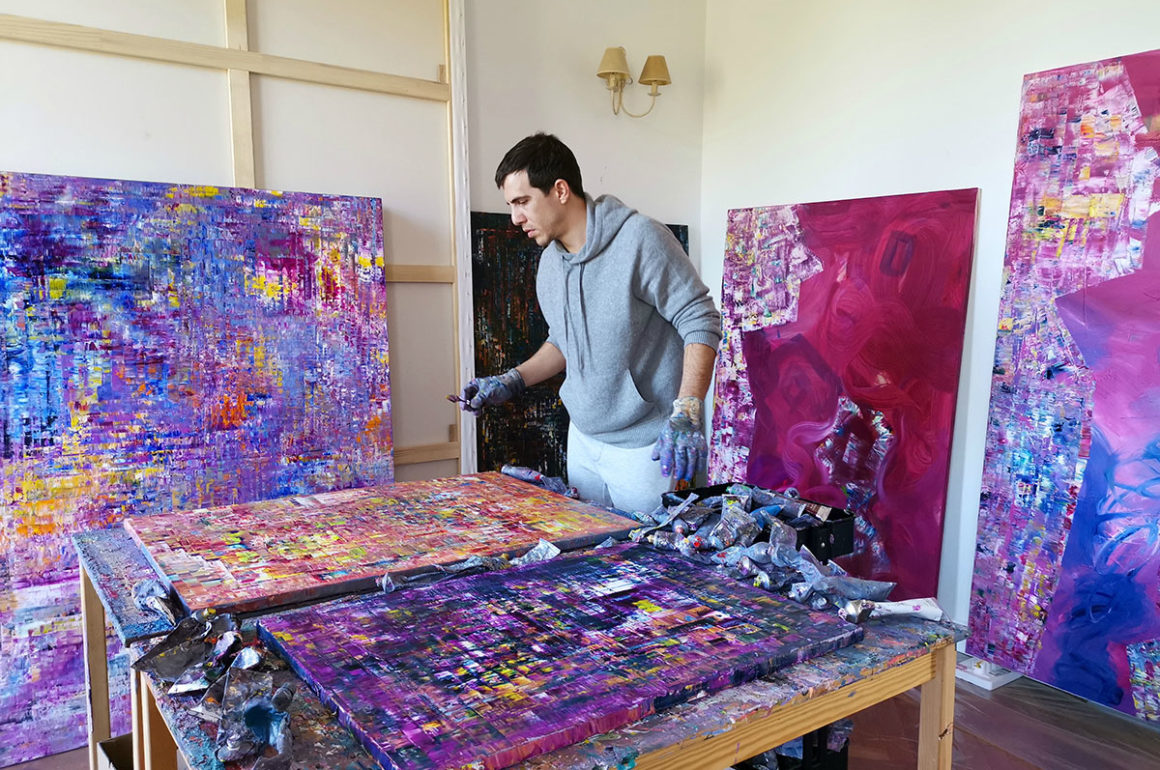
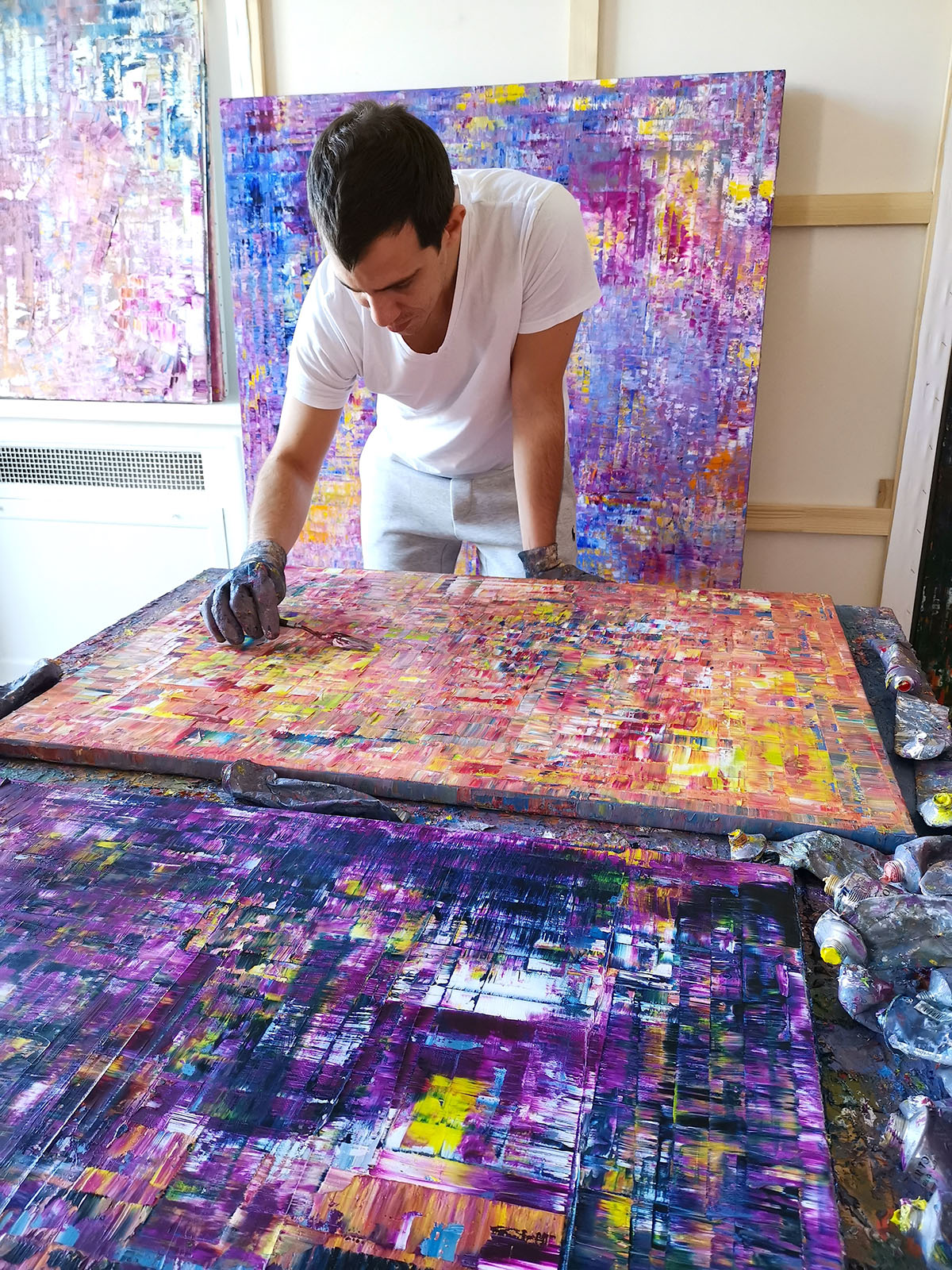
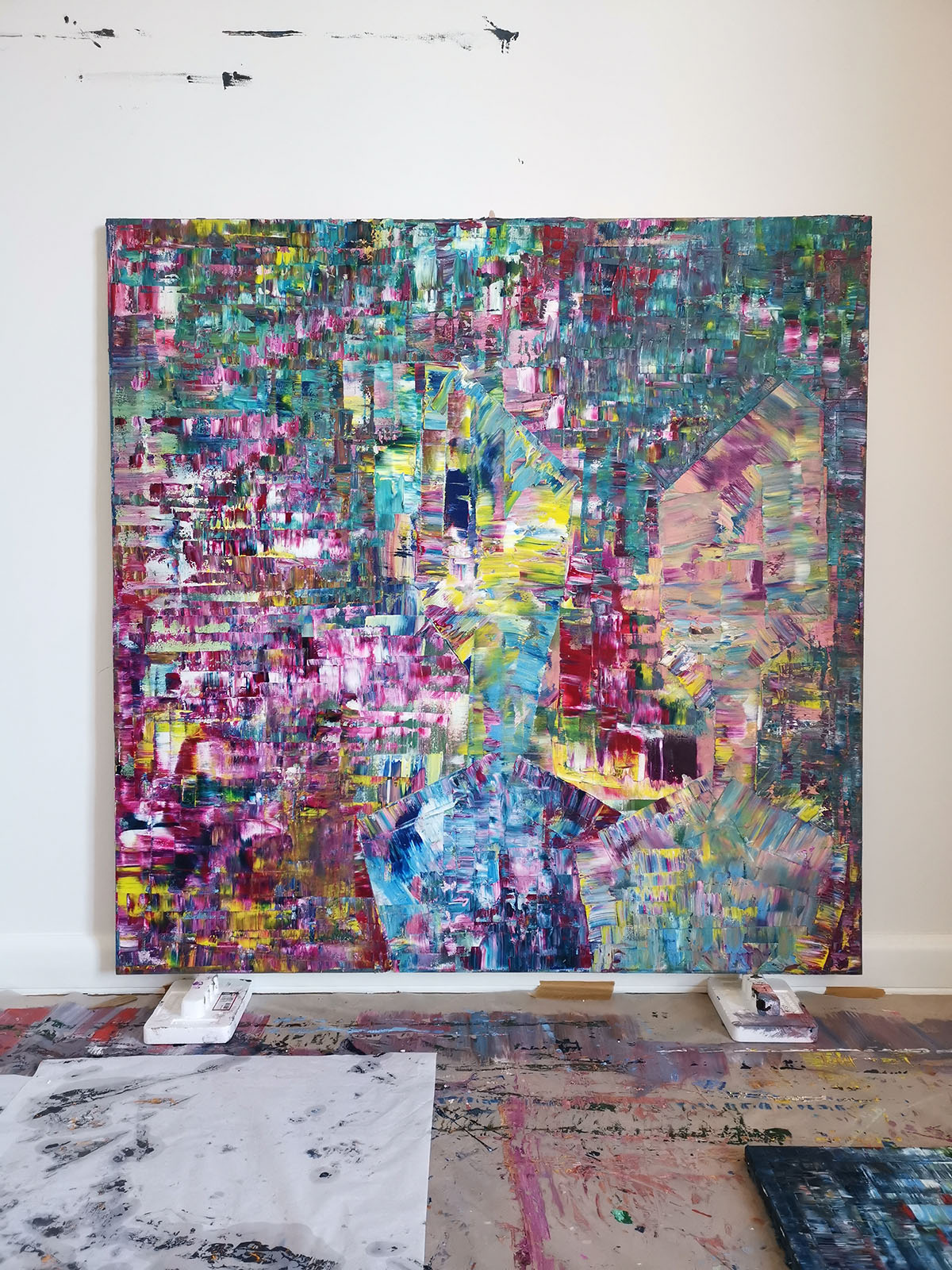


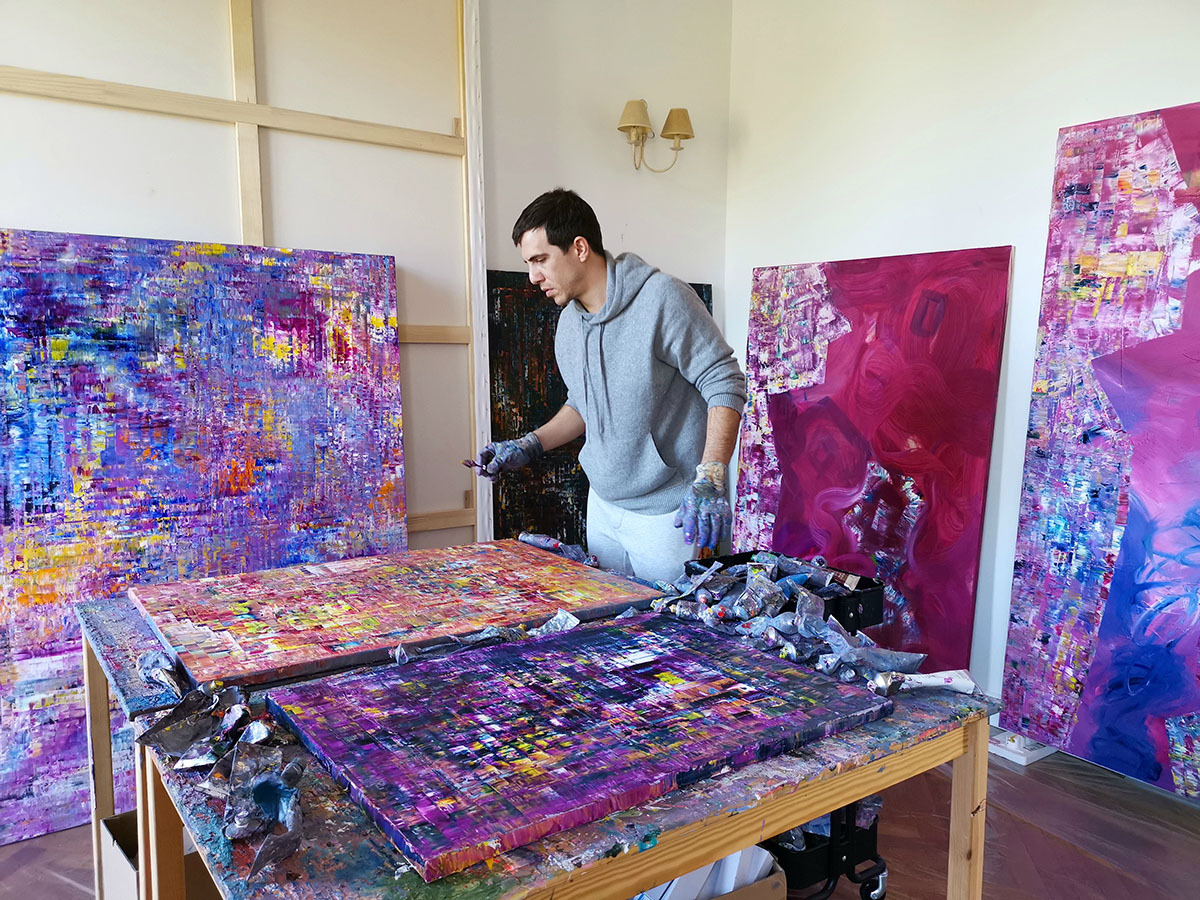

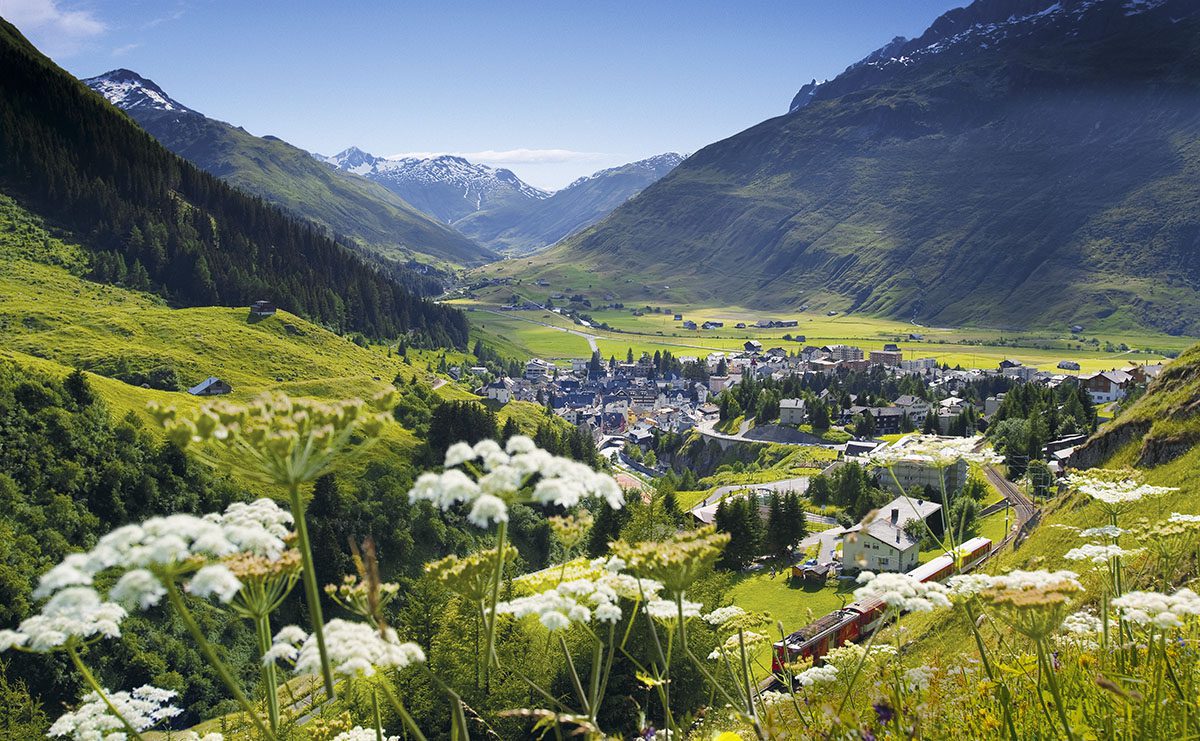
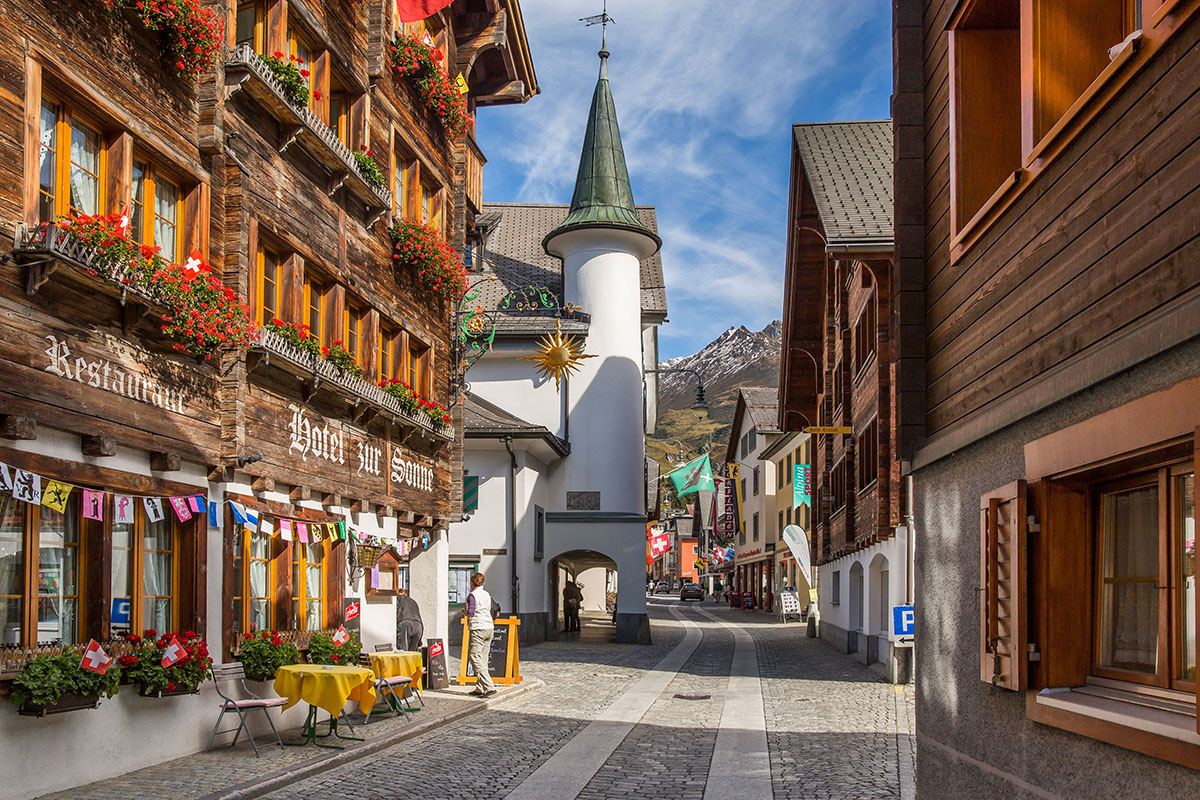
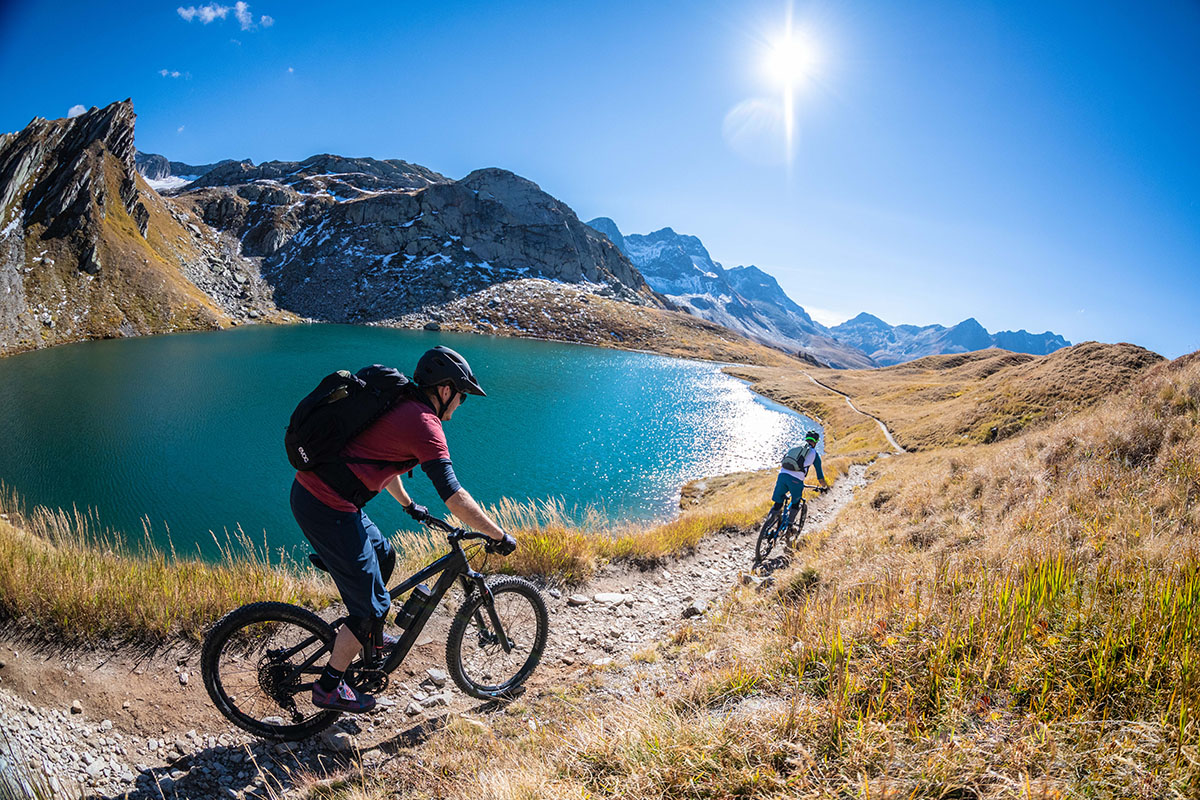


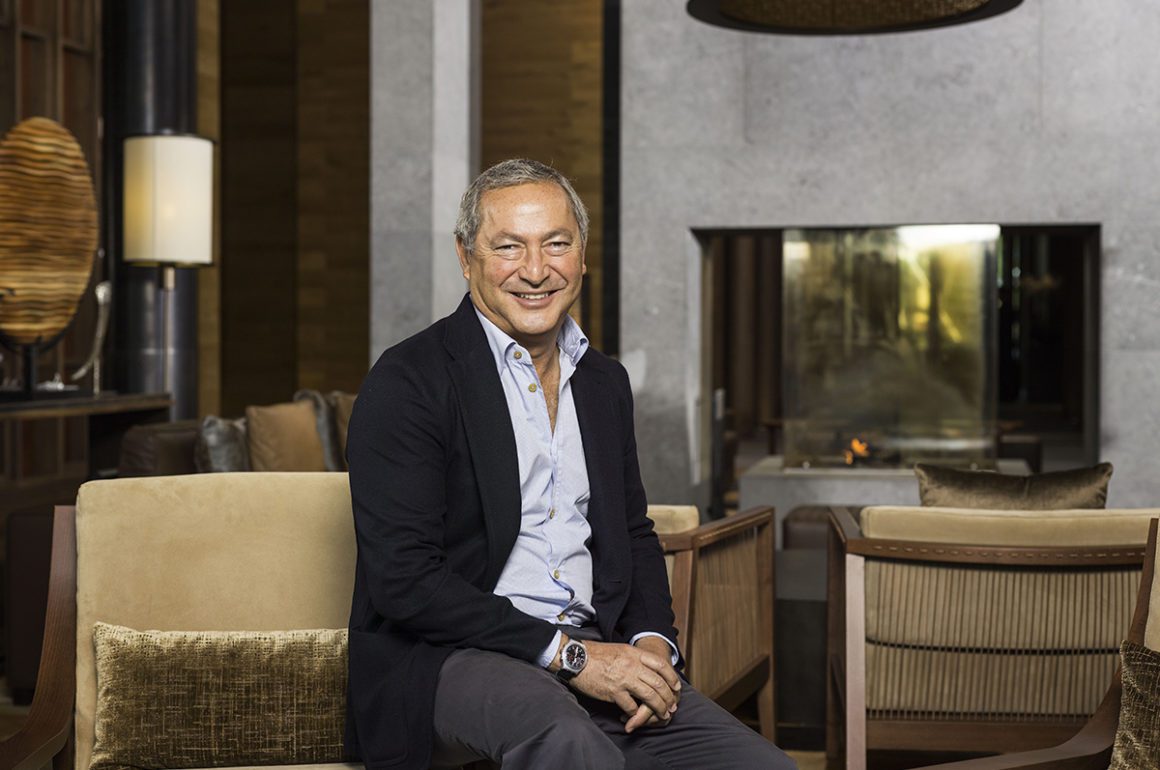
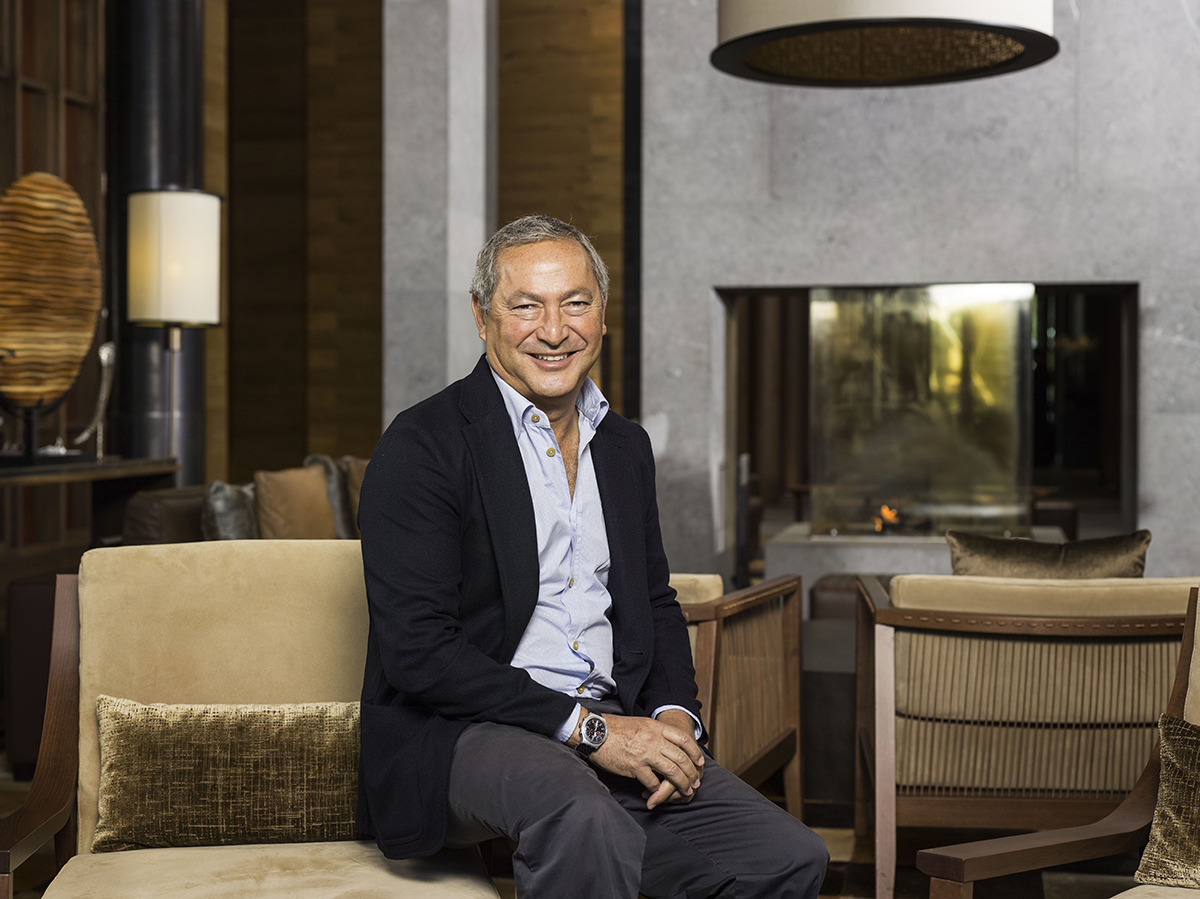


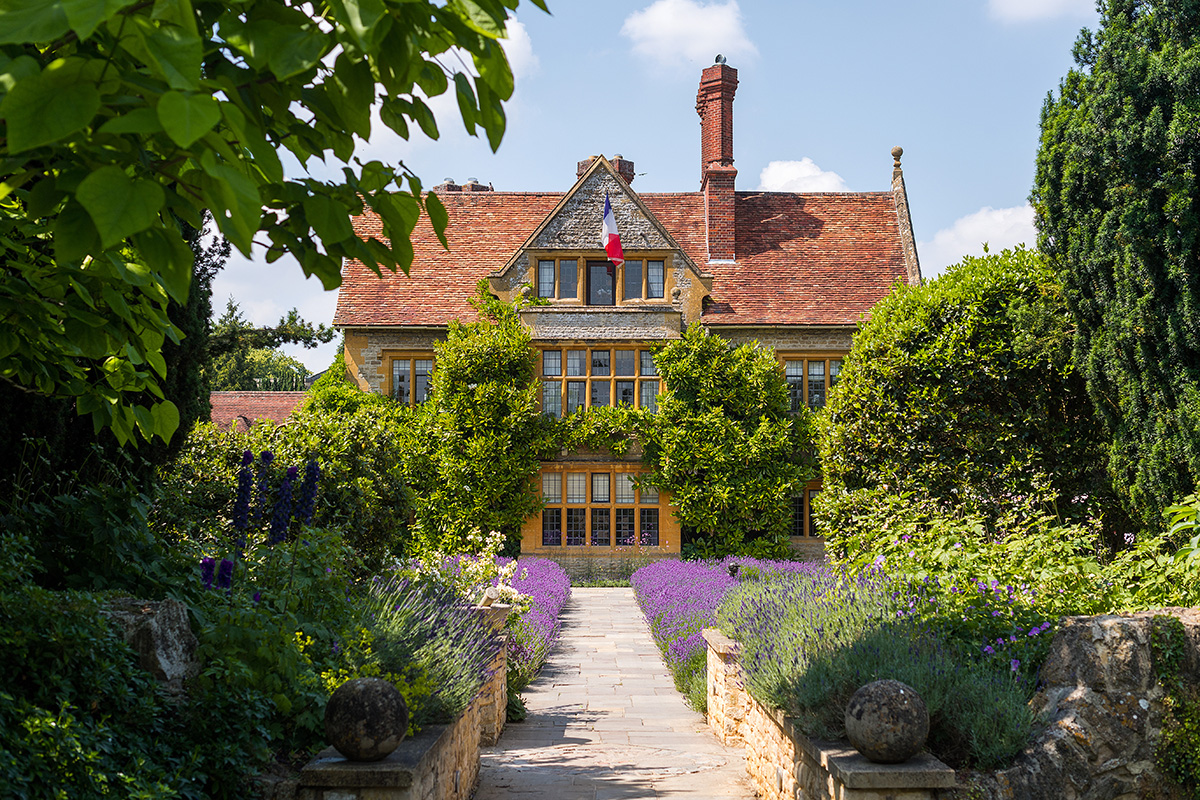
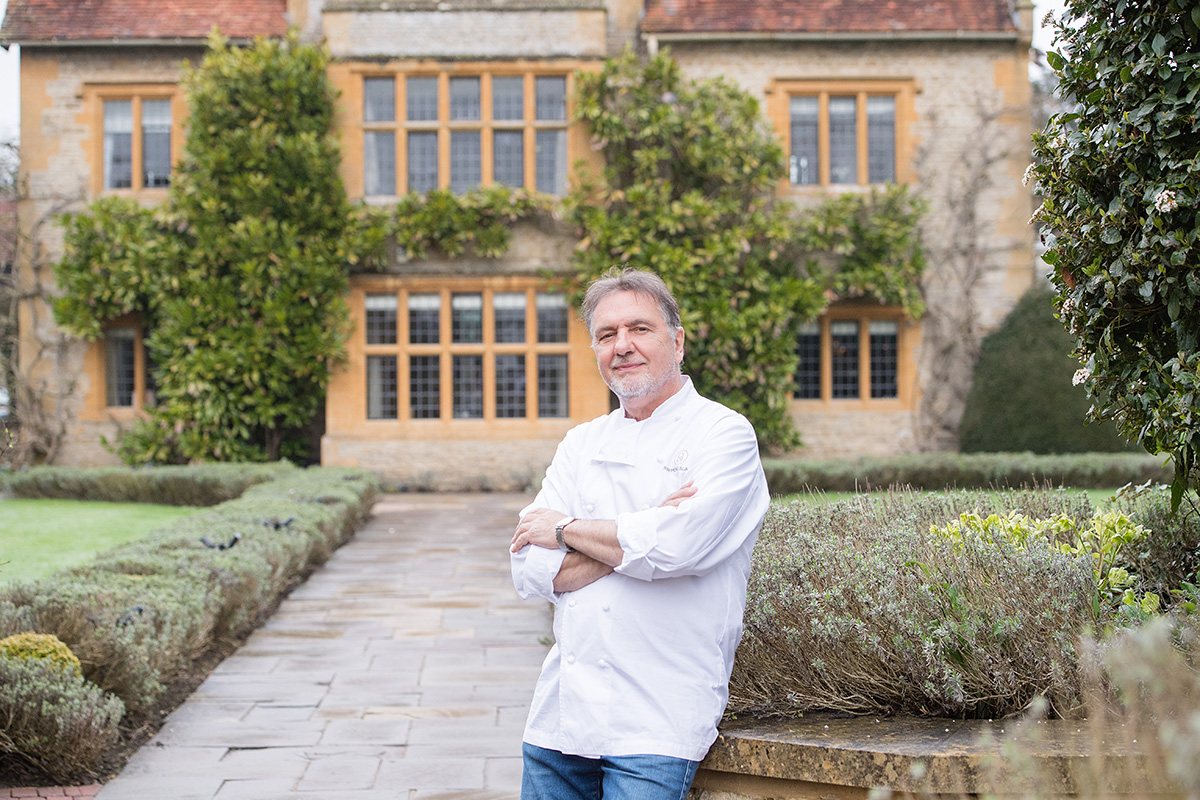
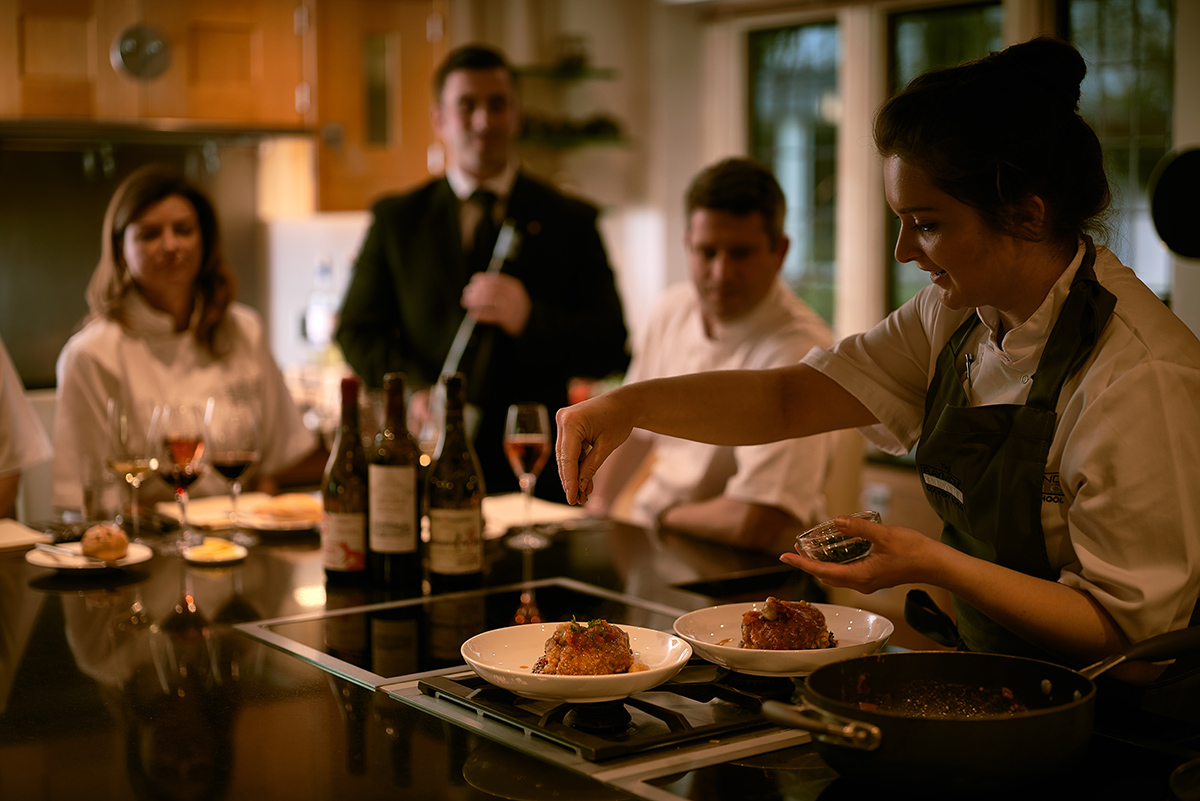
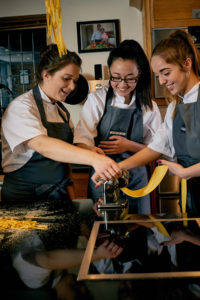
 In an age when we are valuing experiences over objects, a cookery class voucher is a welcome gift. Raymond Blanc’s cookery school in Oxfordshire is just across the hall from his bustling kitchen that serves Le Manoir’s restaurant, but the ambience is markedly different. Here is the kitchen of your dreams, fully equipped with state-of-the-art Gaggenau hardware in fine wood cabinets. The school channels Blanc’s culinary DNA through its director,
In an age when we are valuing experiences over objects, a cookery class voucher is a welcome gift. Raymond Blanc’s cookery school in Oxfordshire is just across the hall from his bustling kitchen that serves Le Manoir’s restaurant, but the ambience is markedly different. Here is the kitchen of your dreams, fully equipped with state-of-the-art Gaggenau hardware in fine wood cabinets. The school channels Blanc’s culinary DNA through its director, 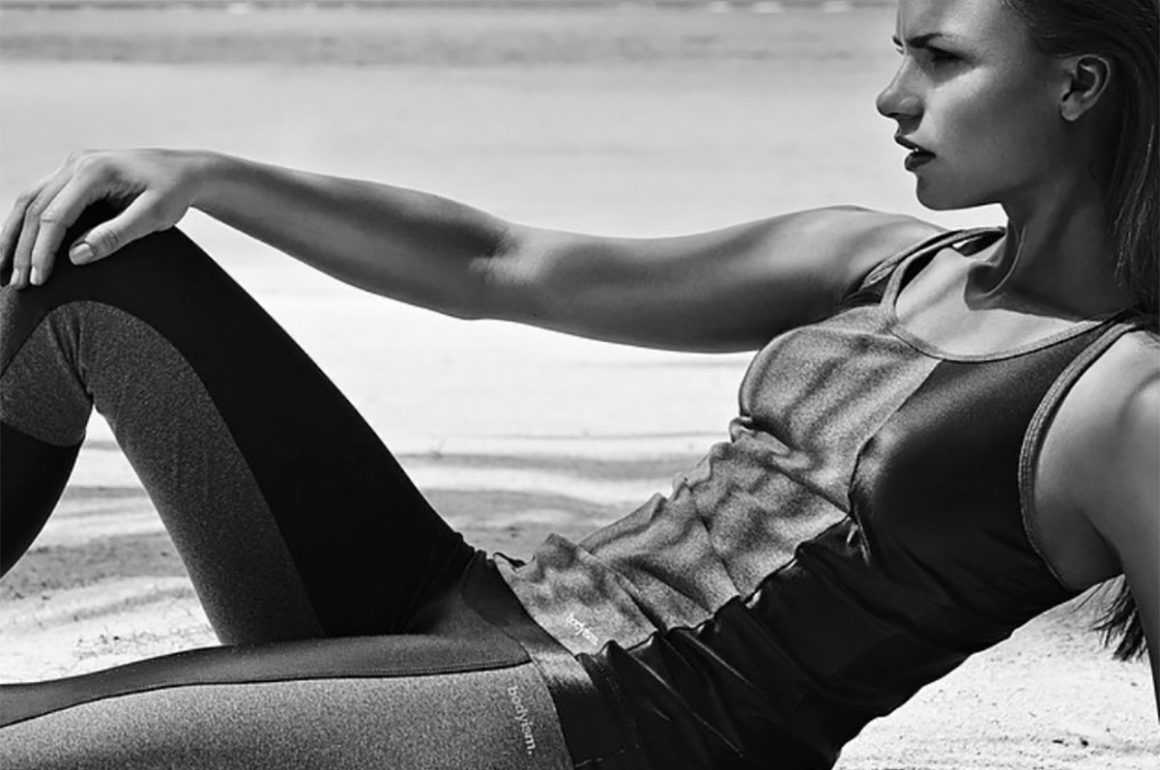



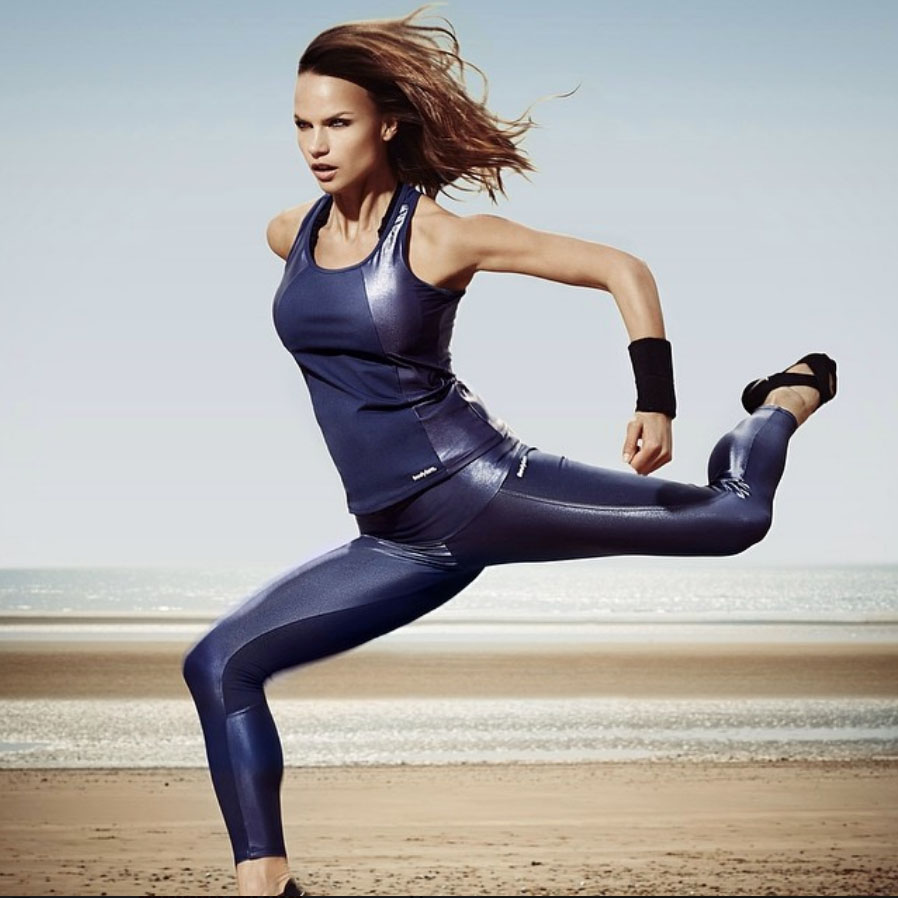
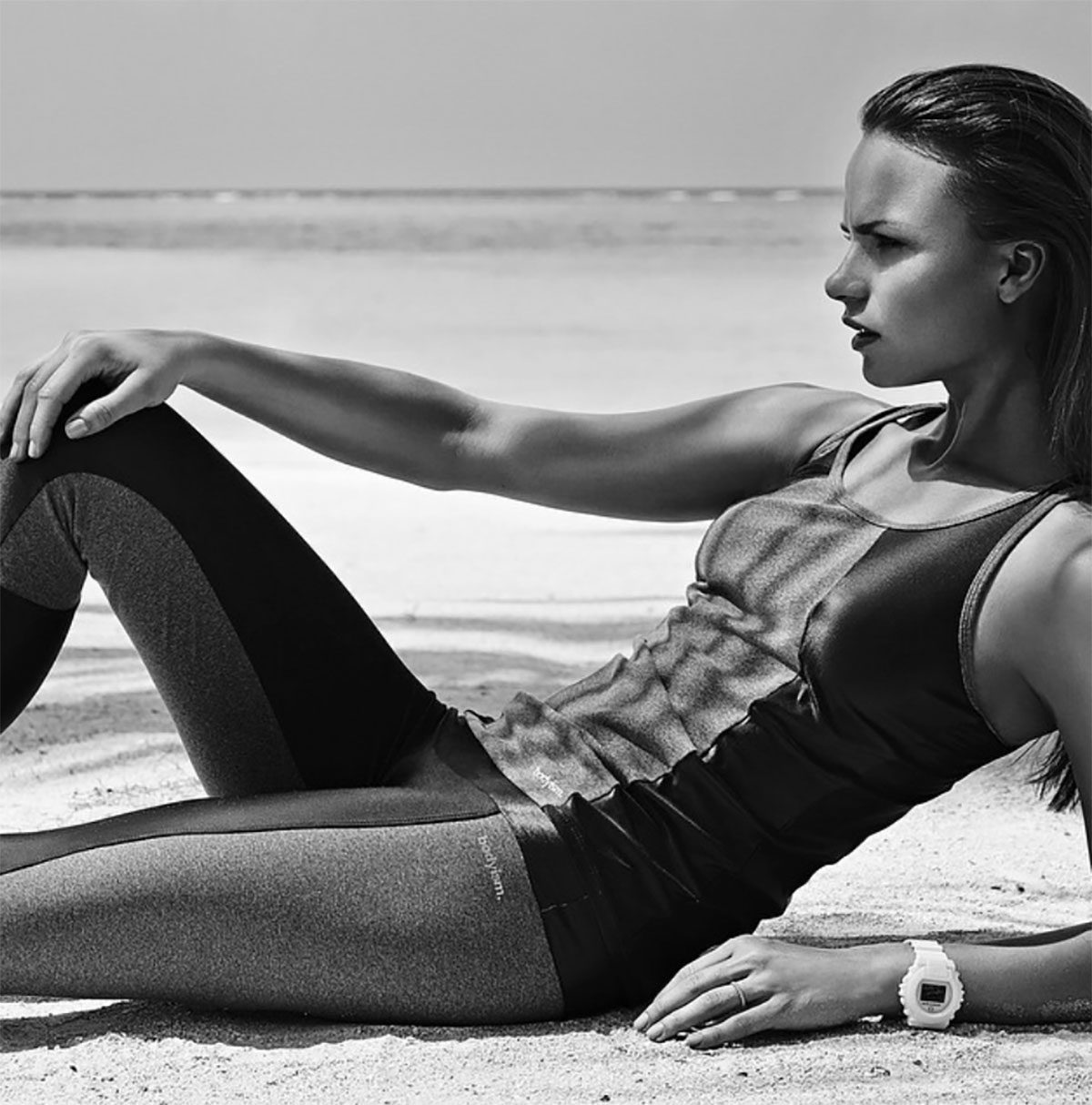


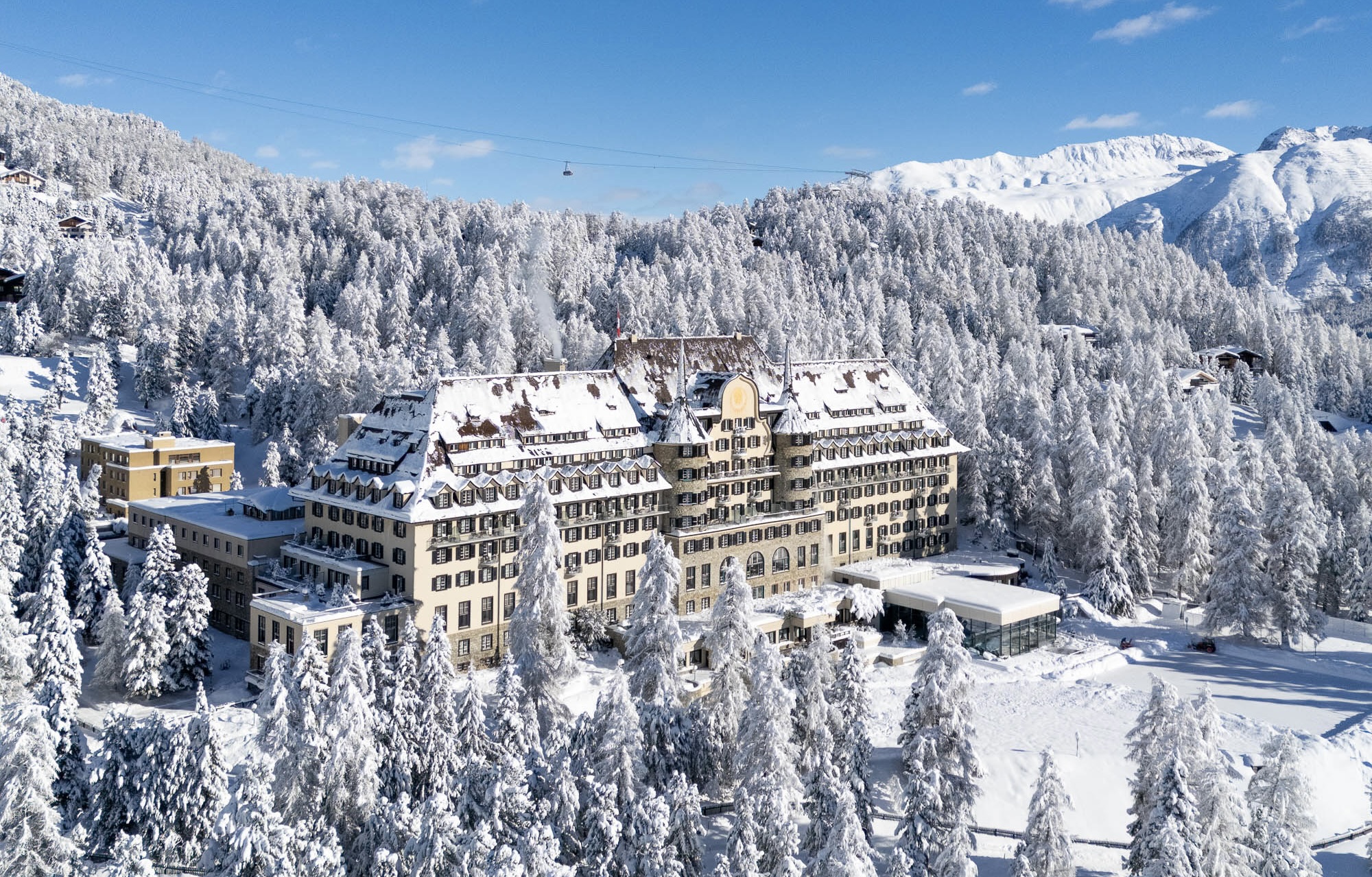
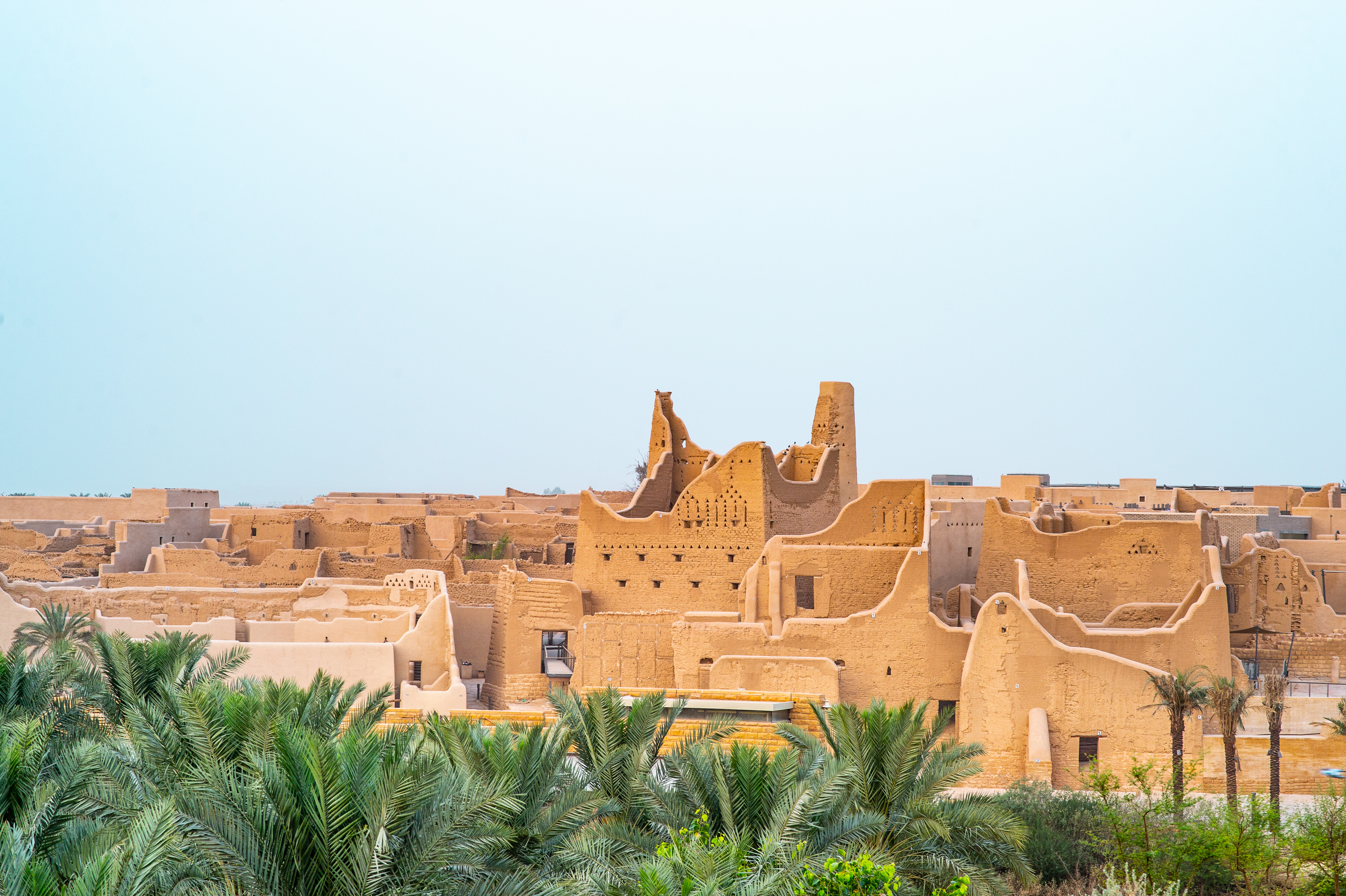
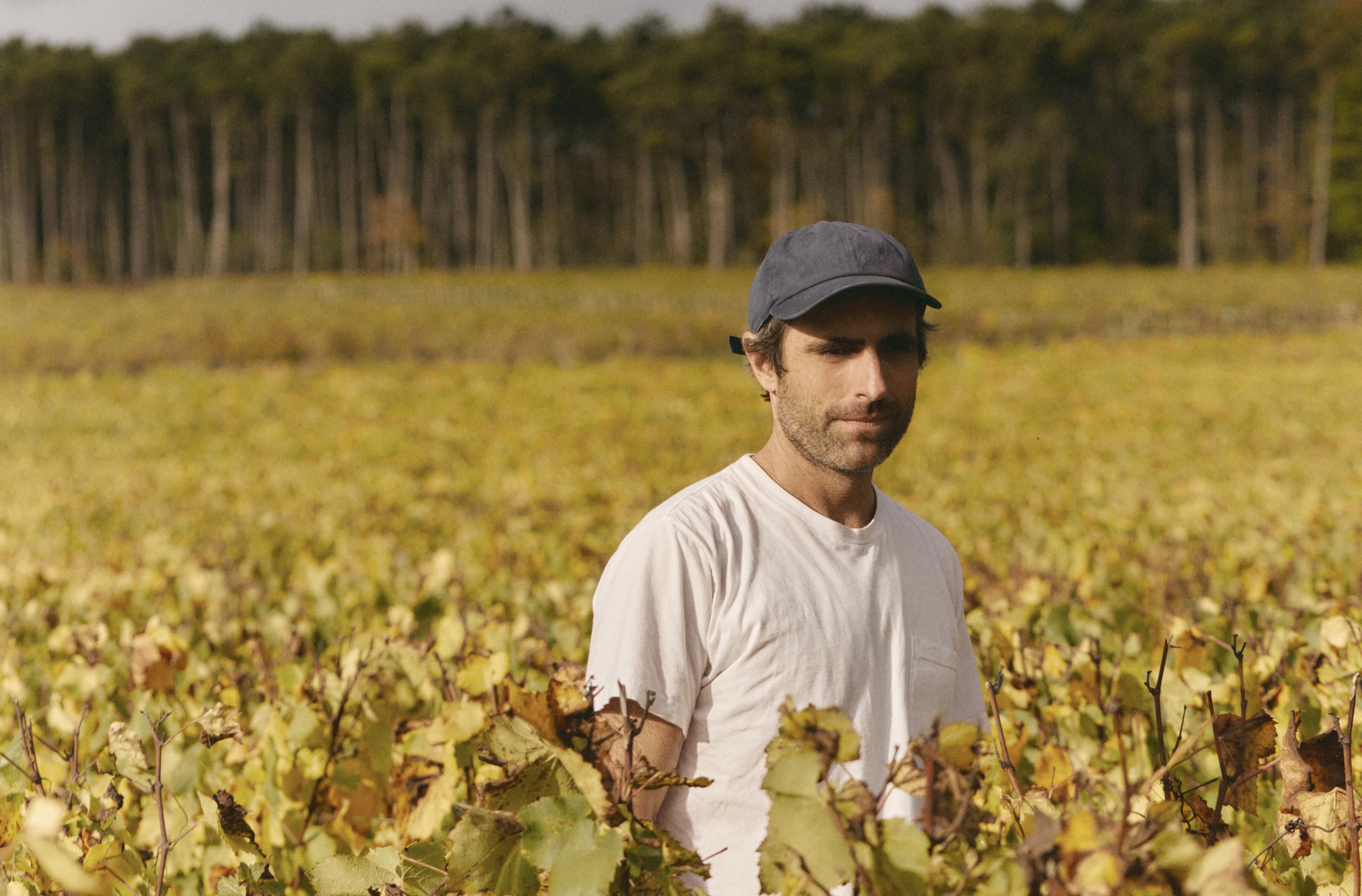
Recent Comments